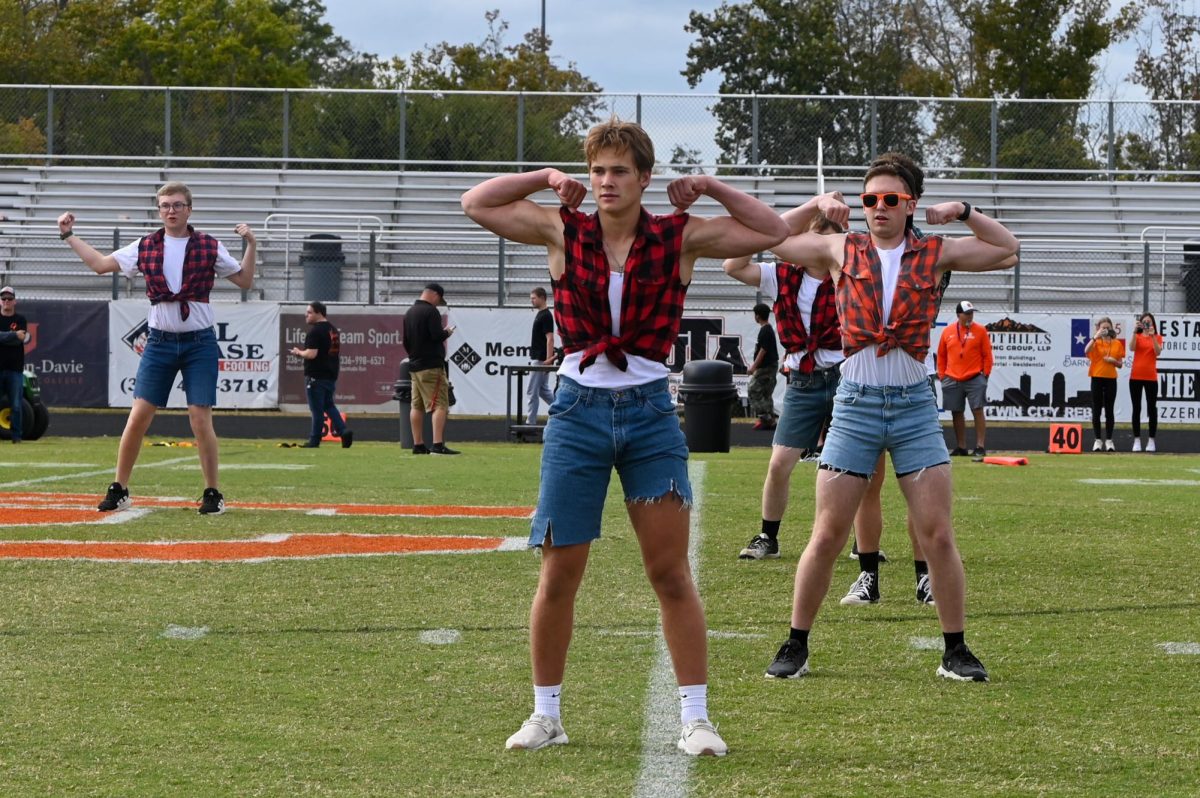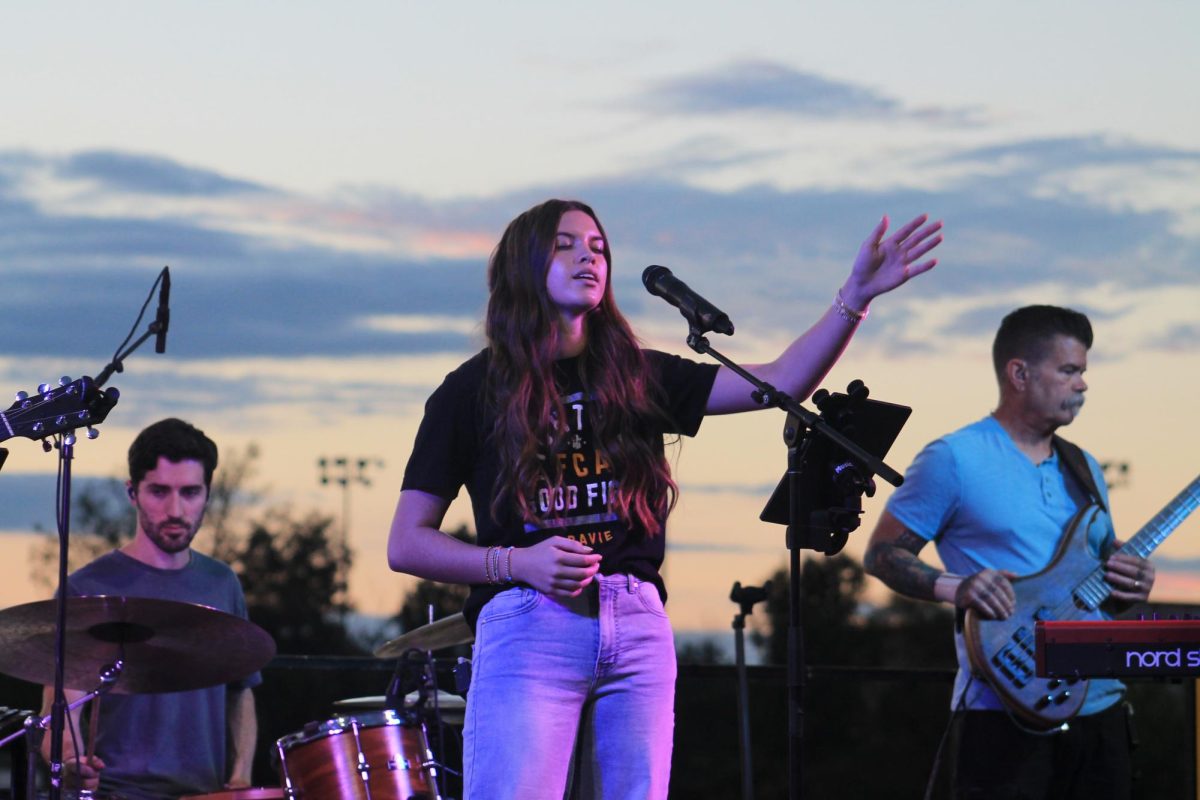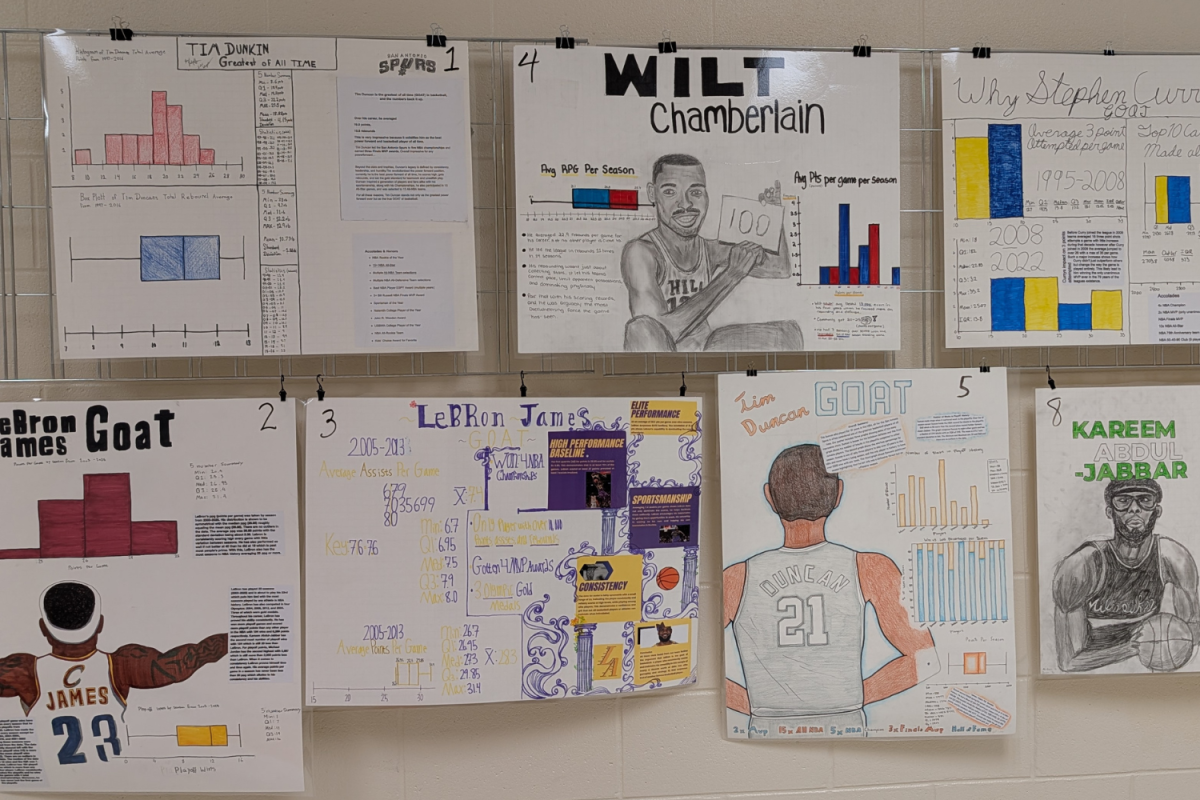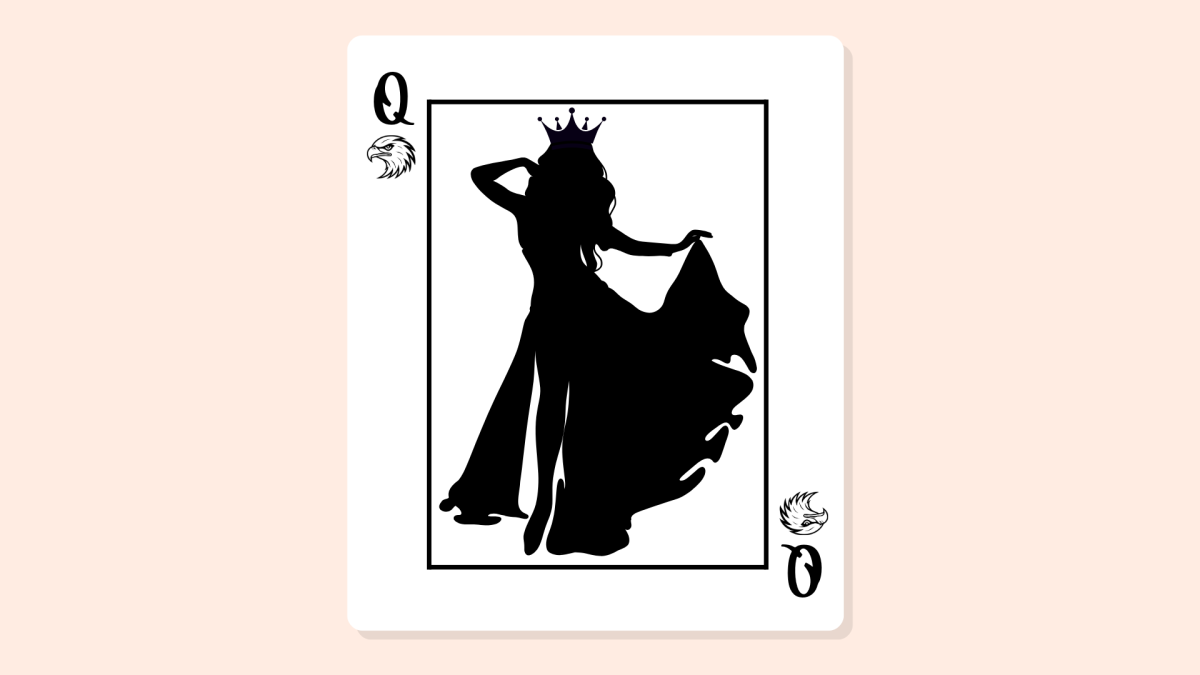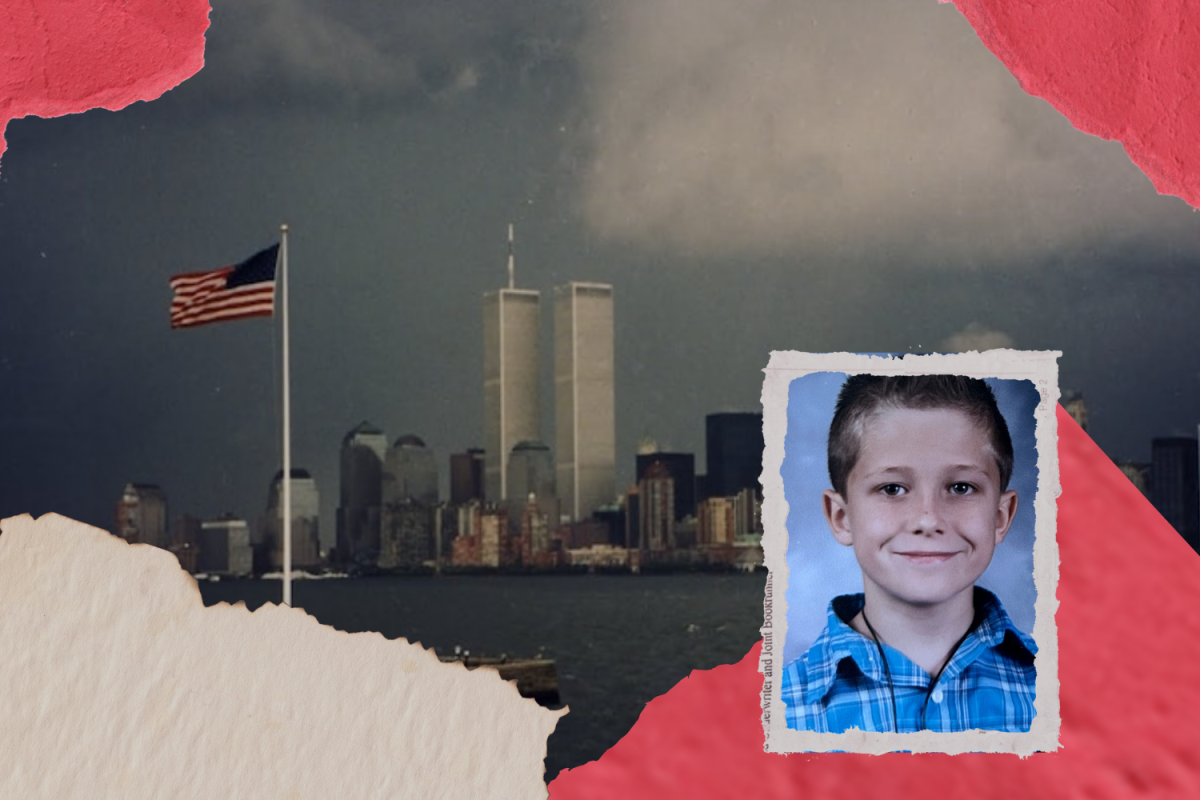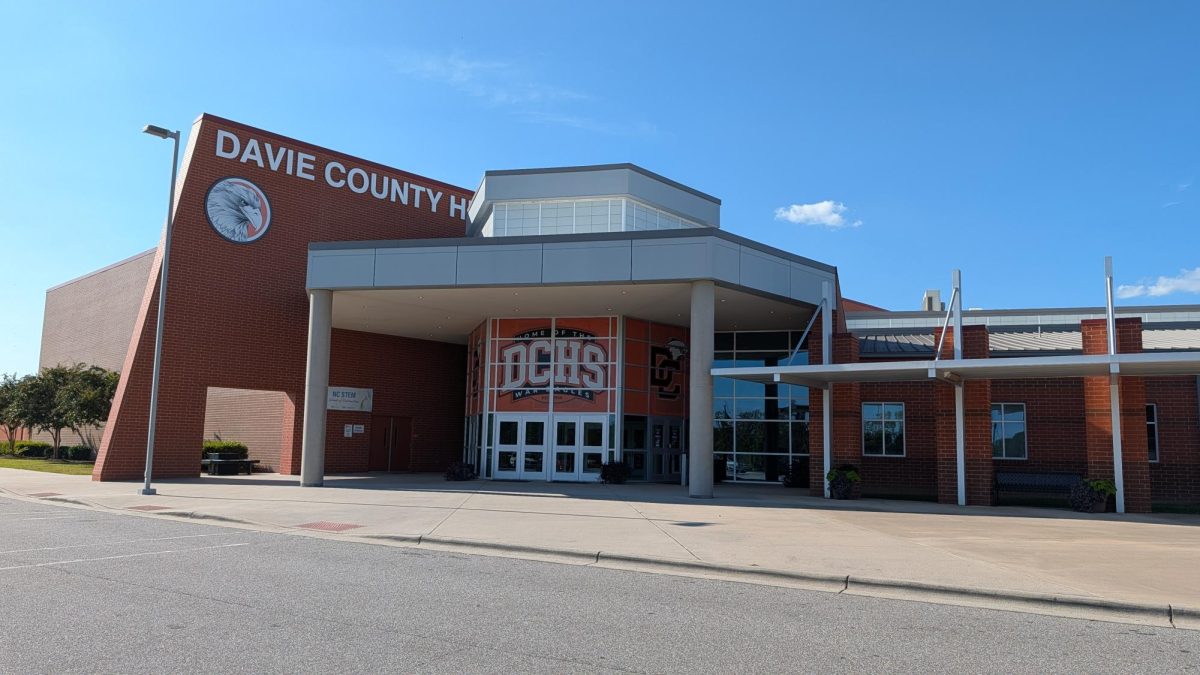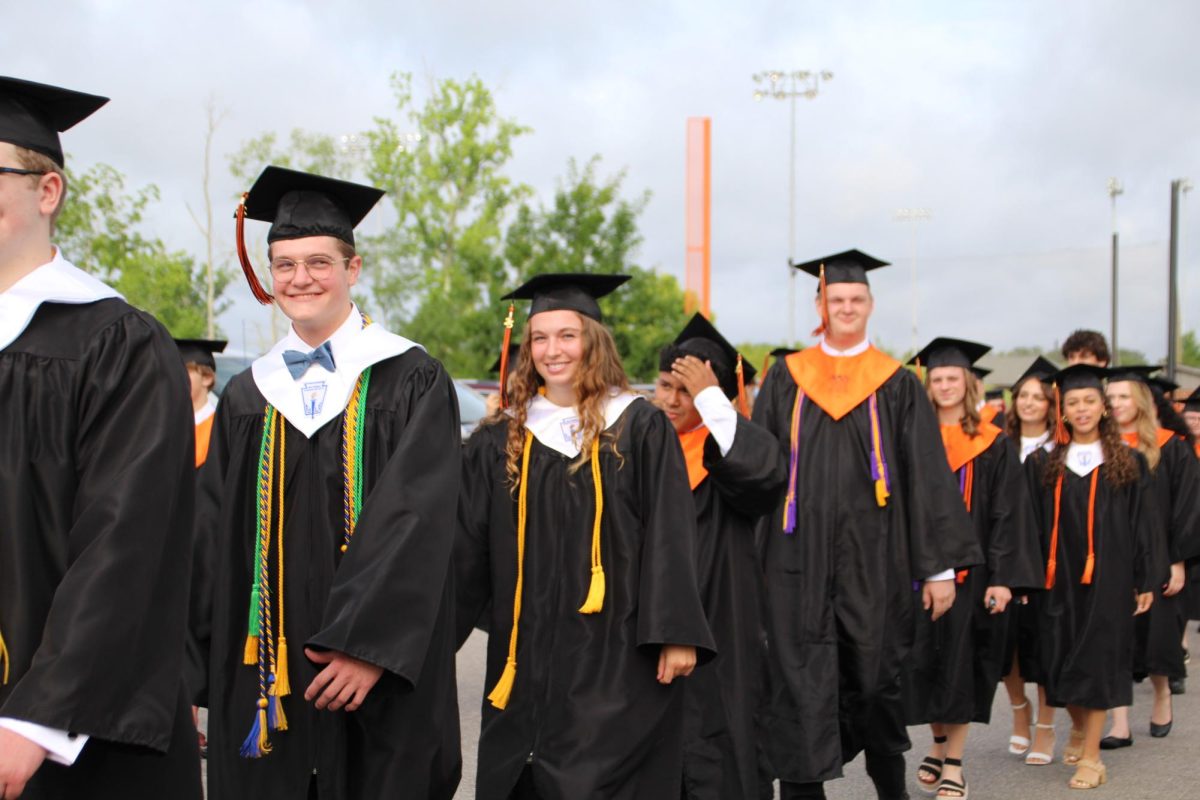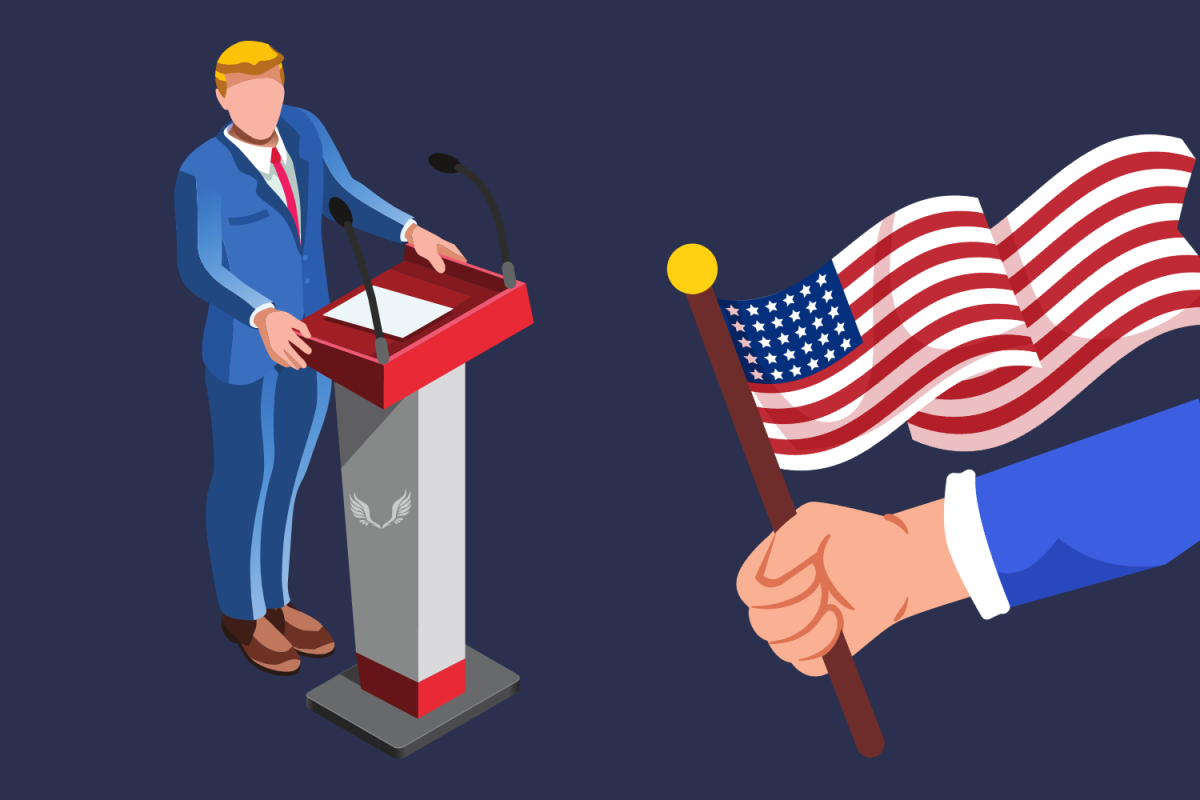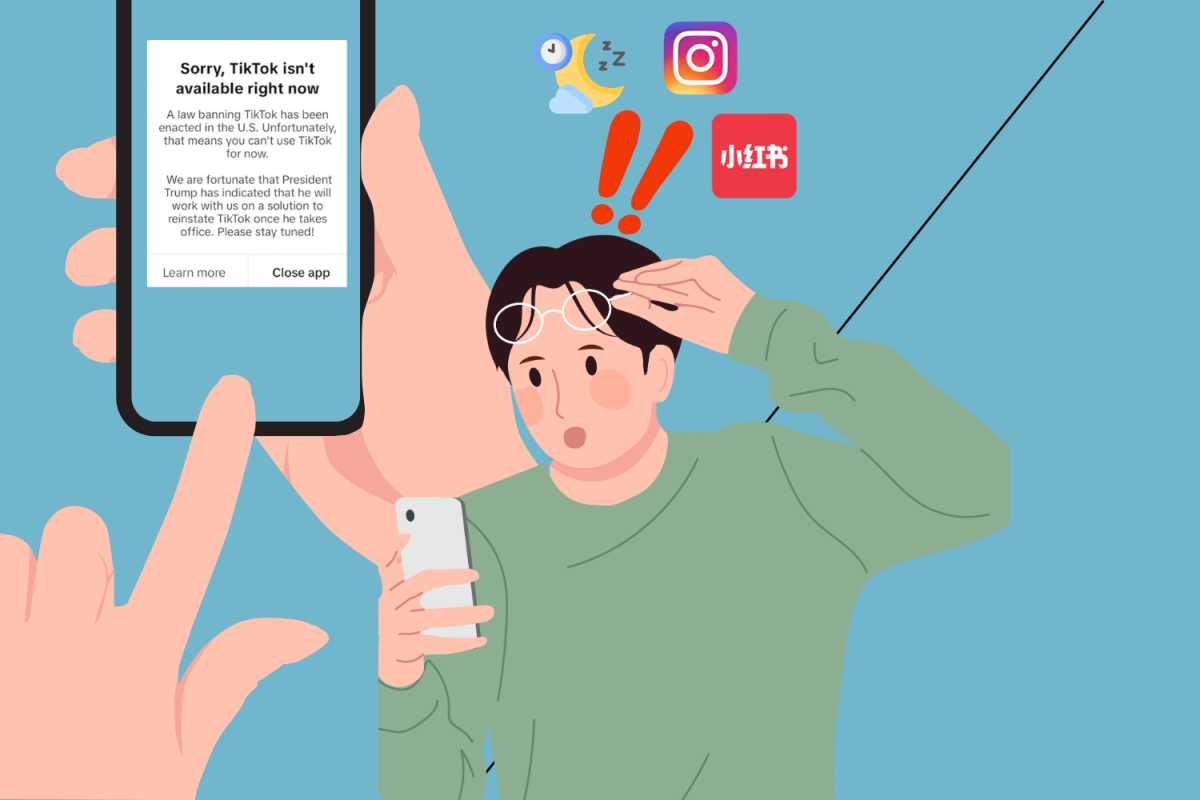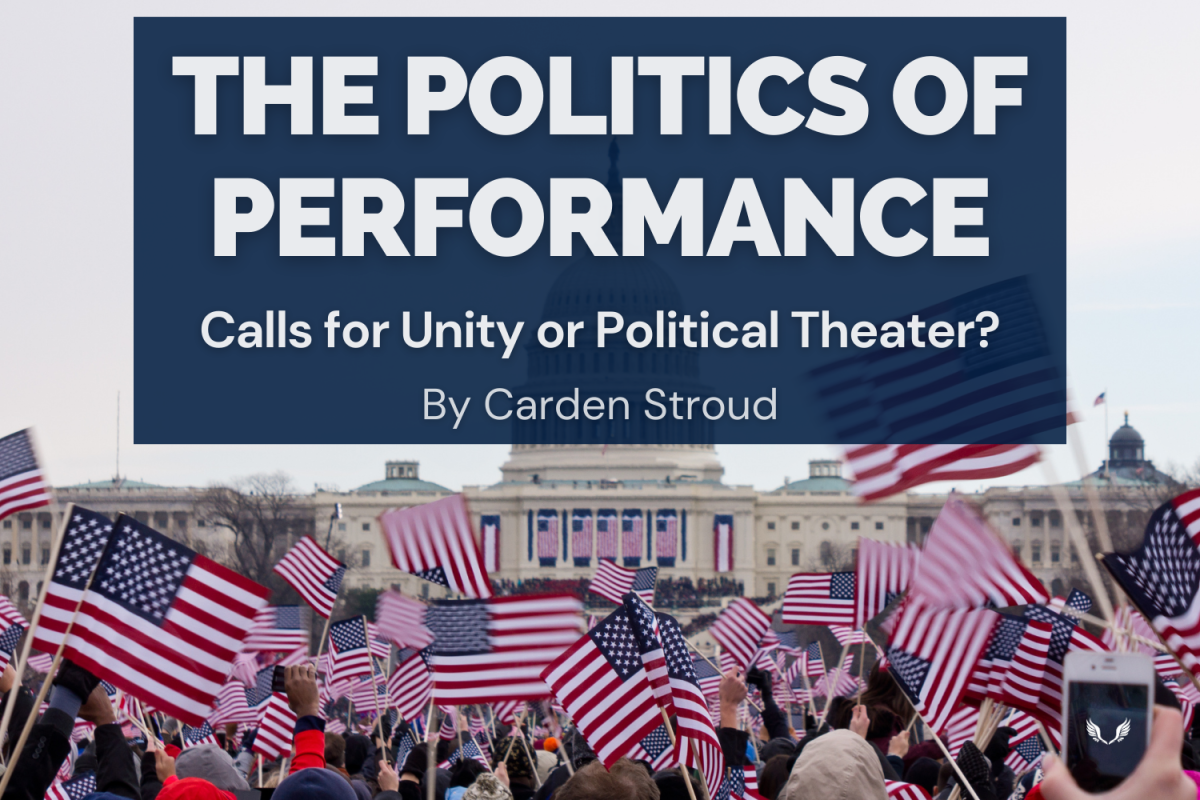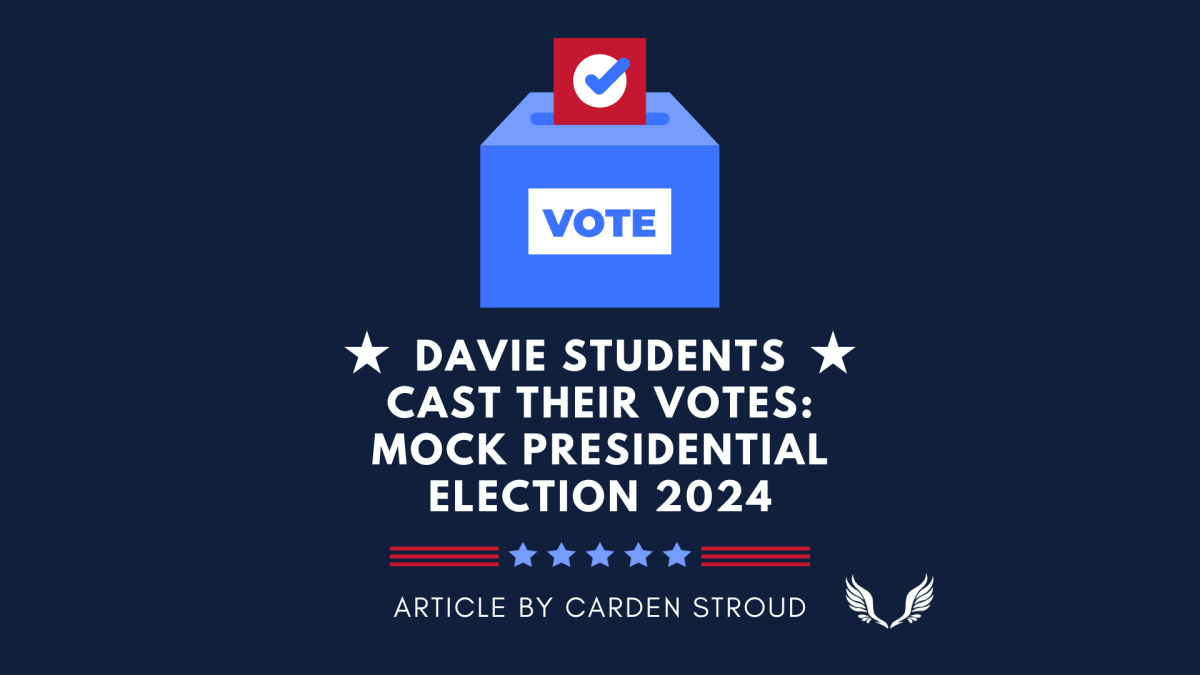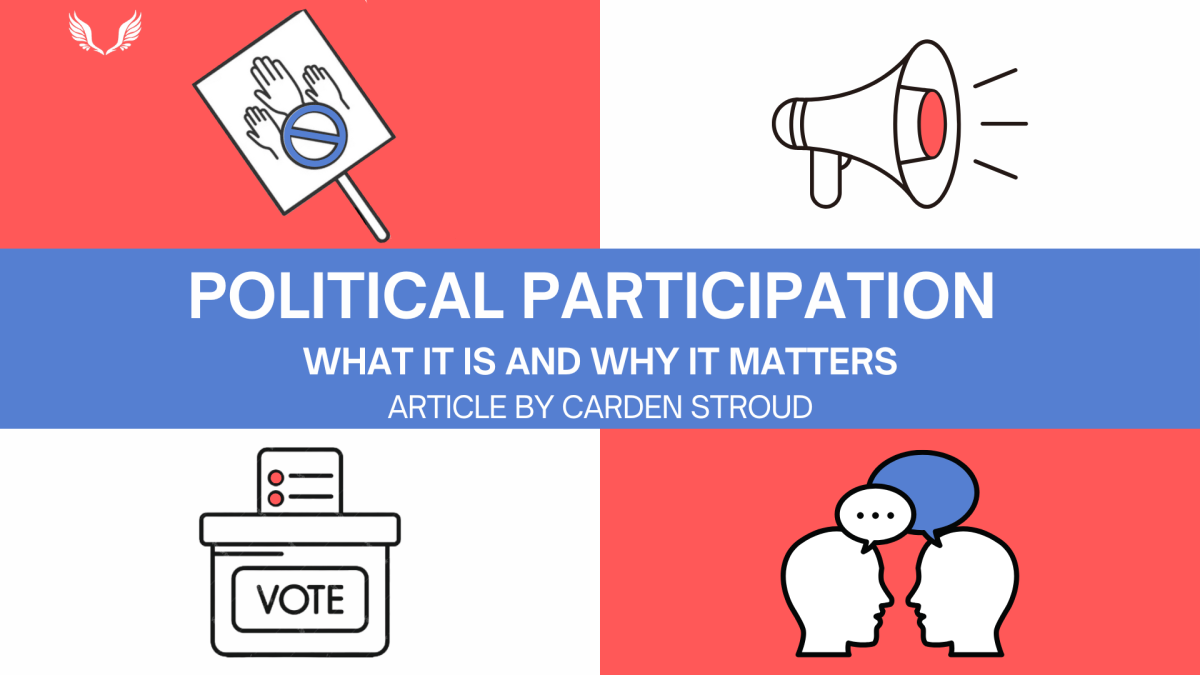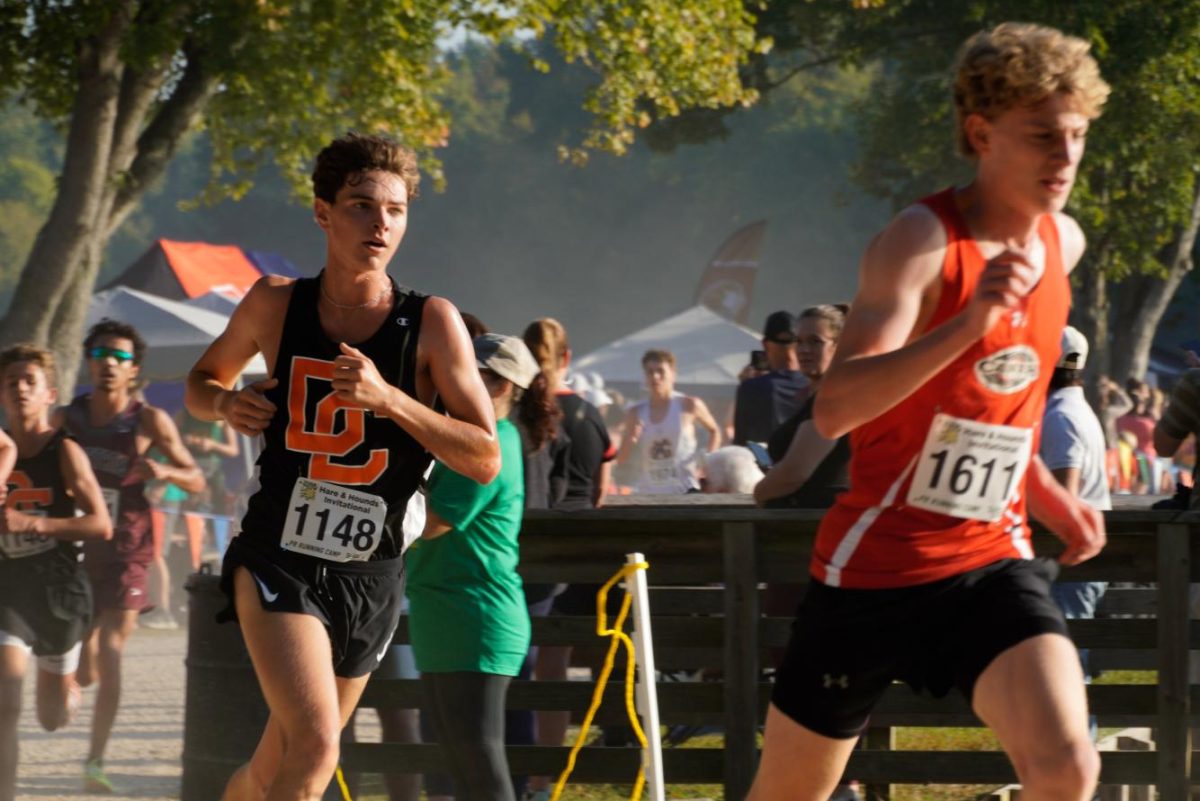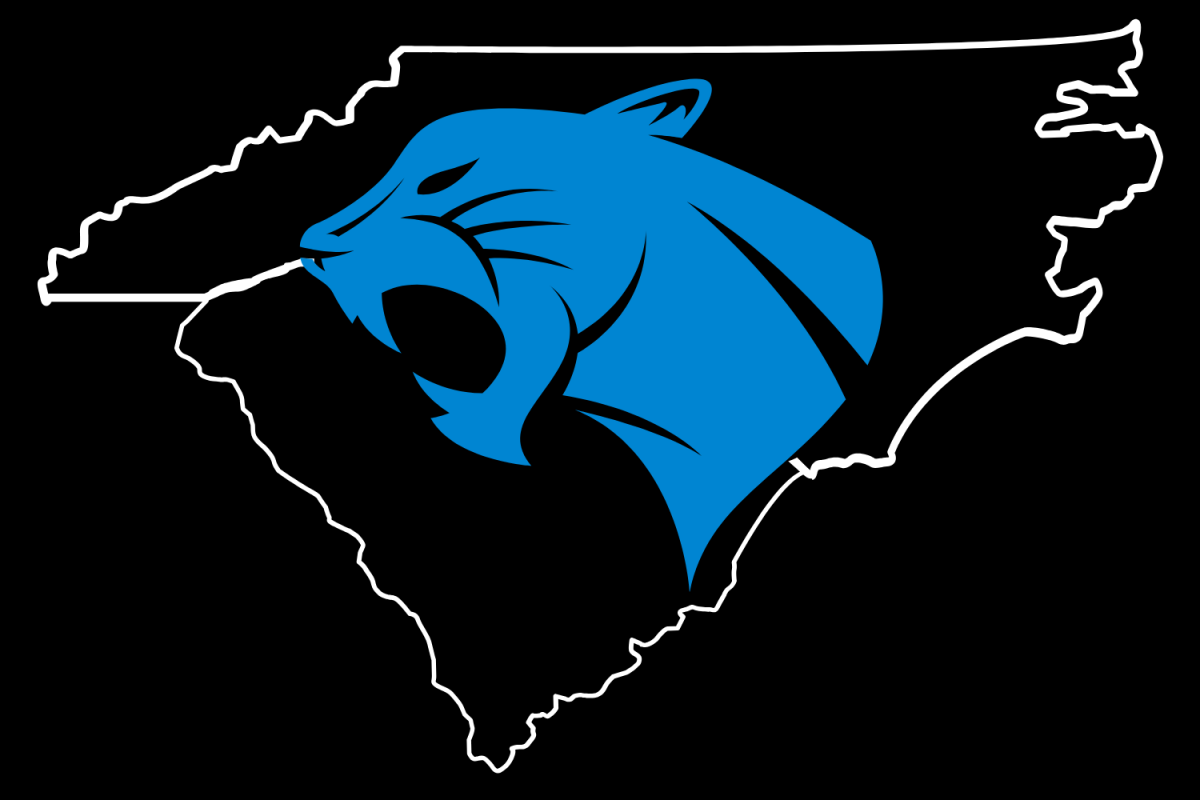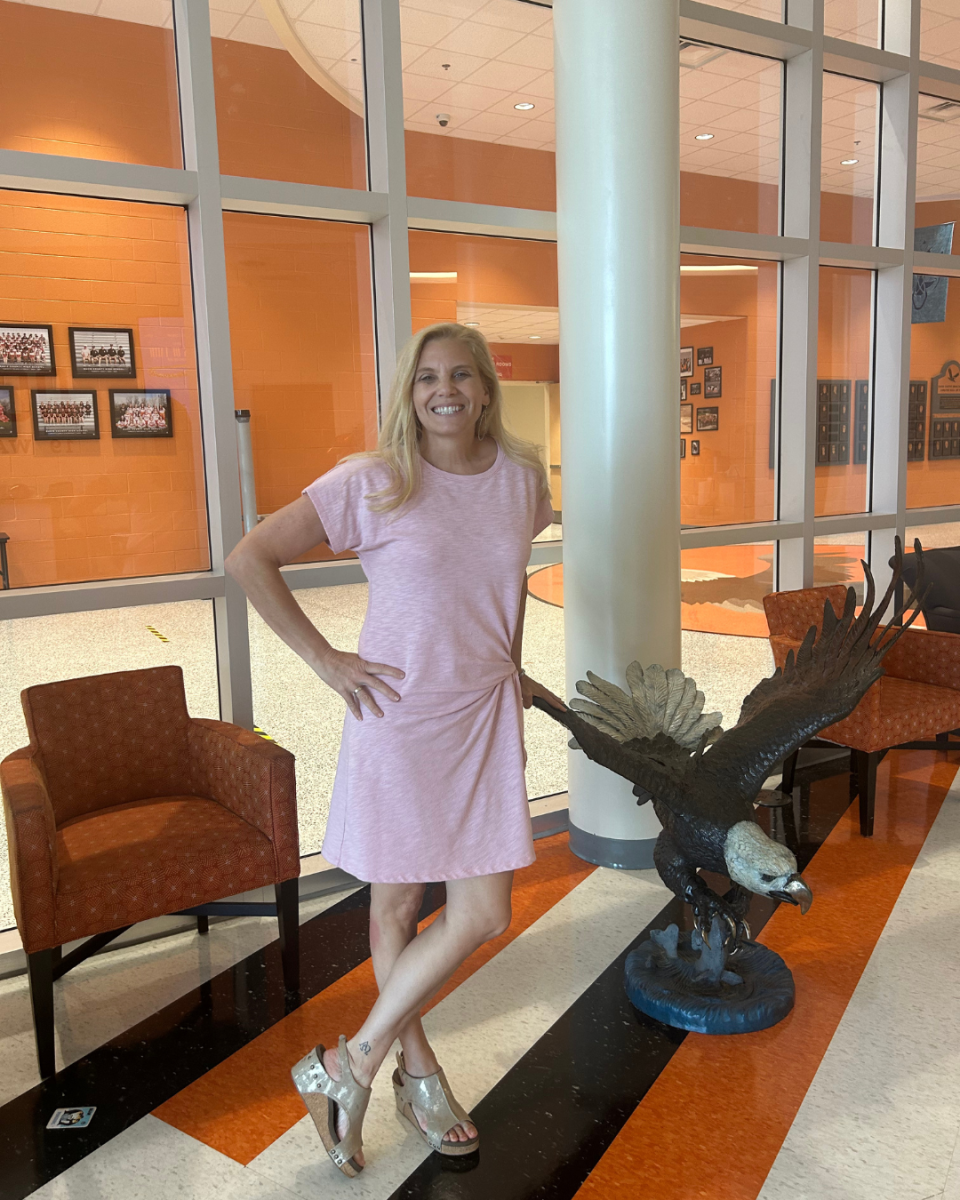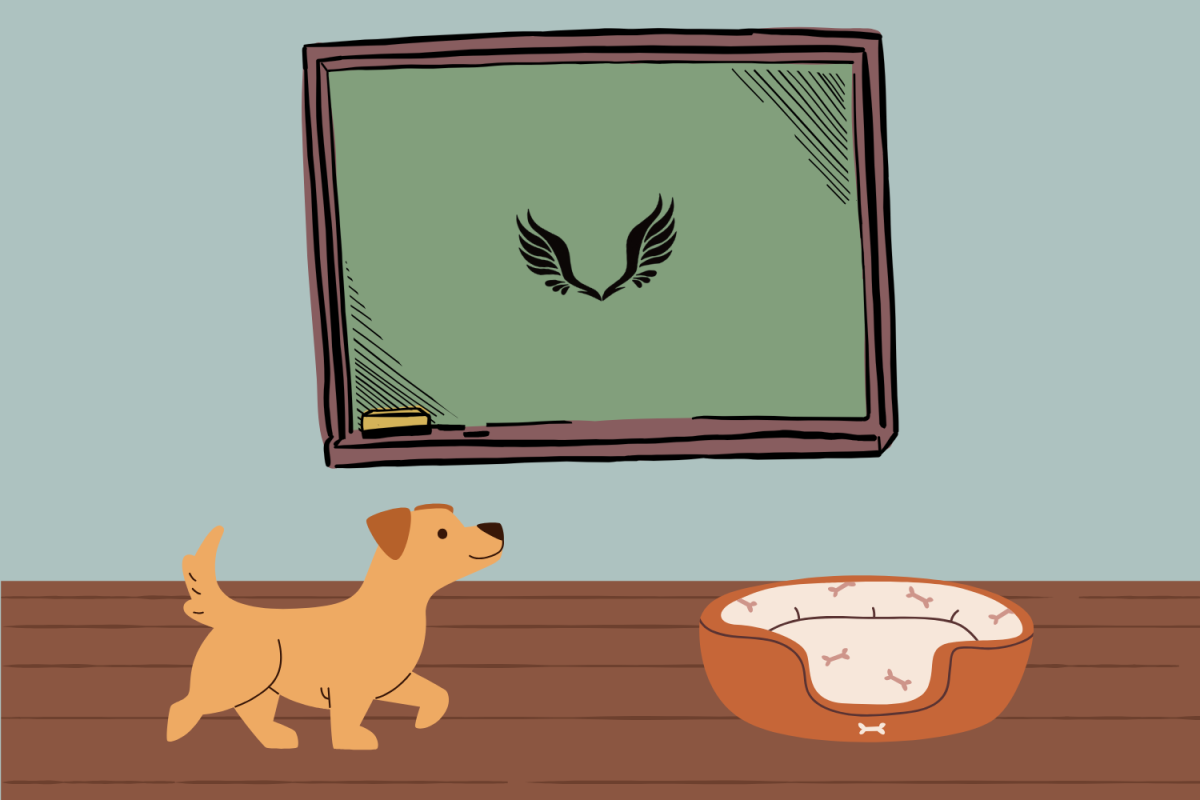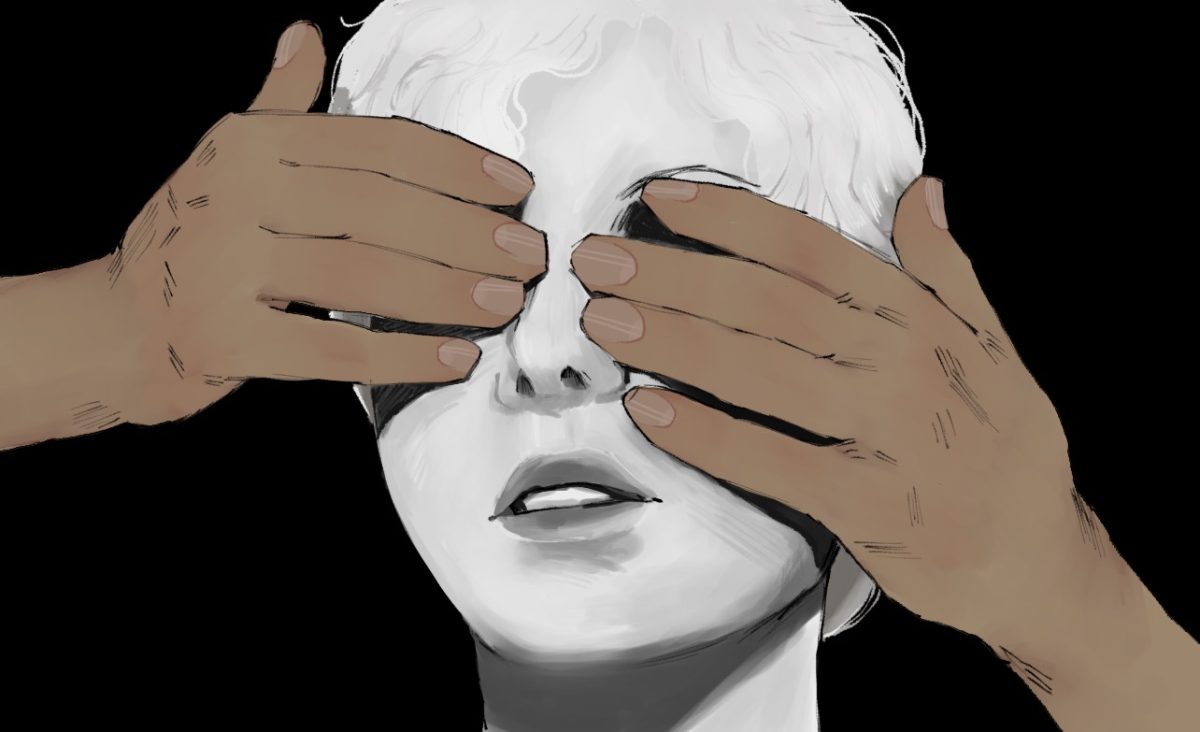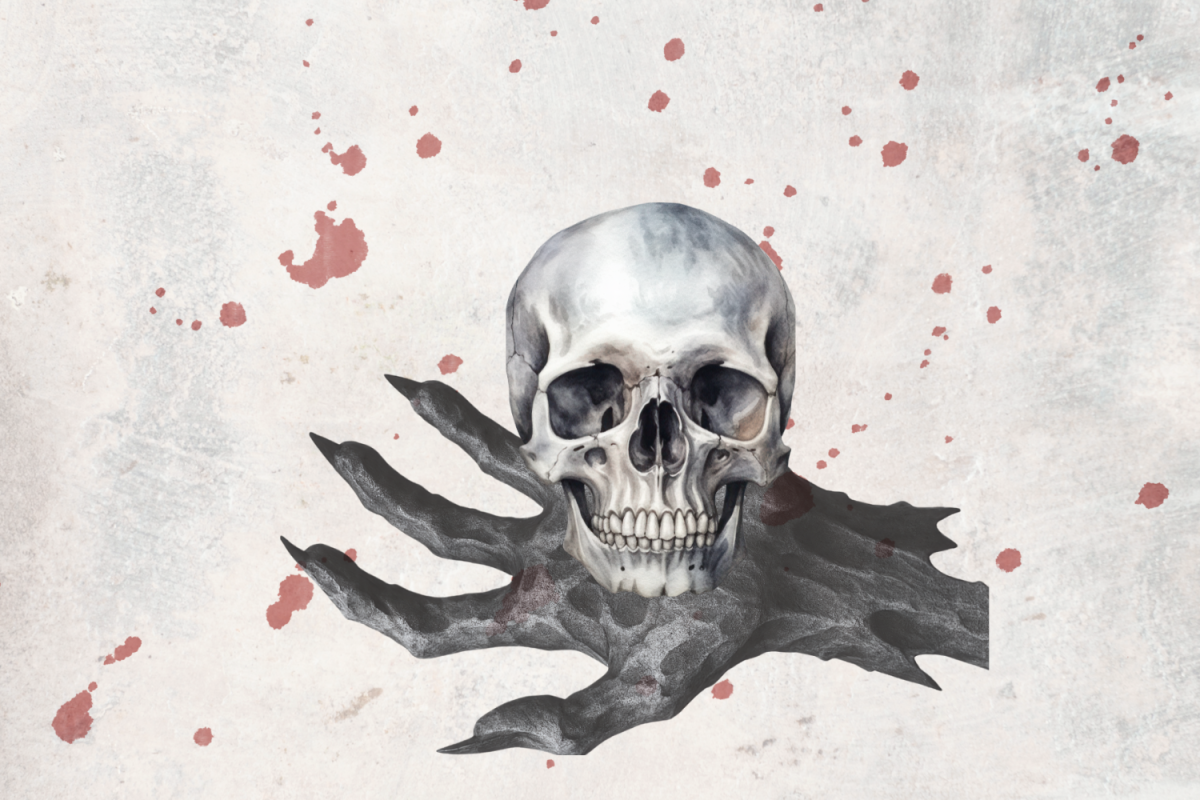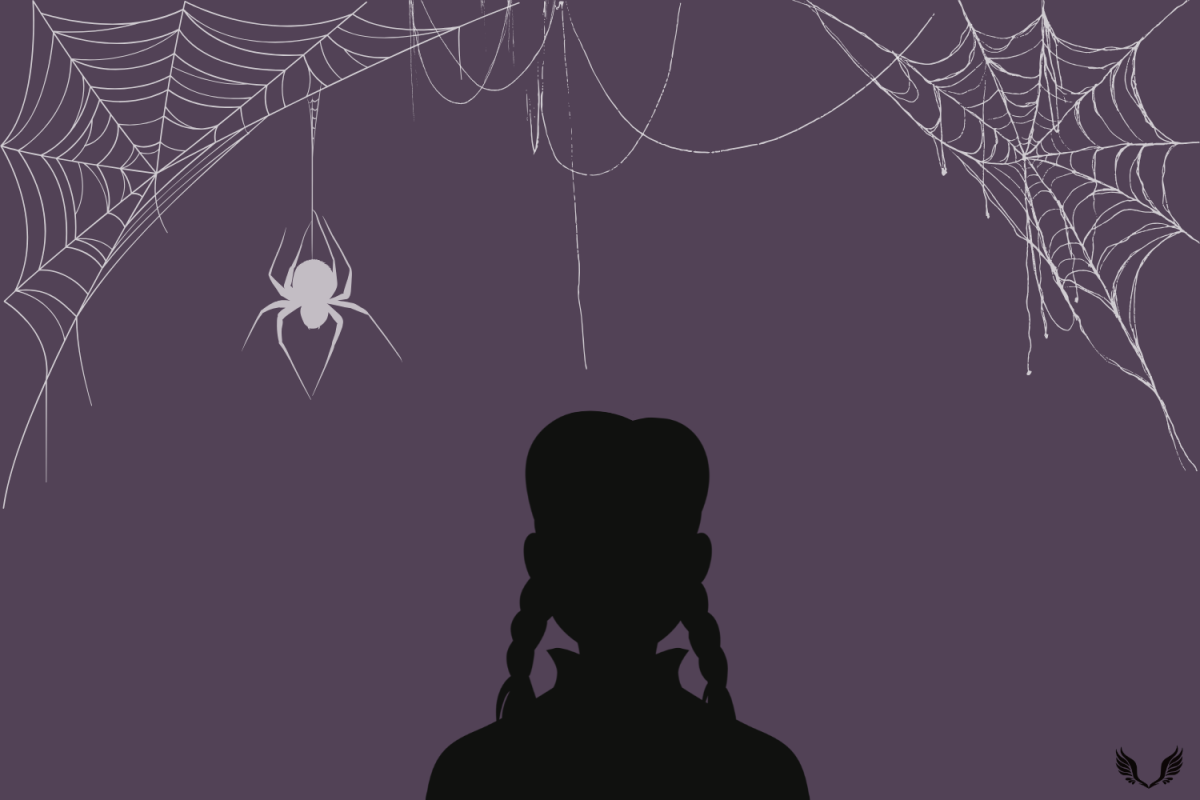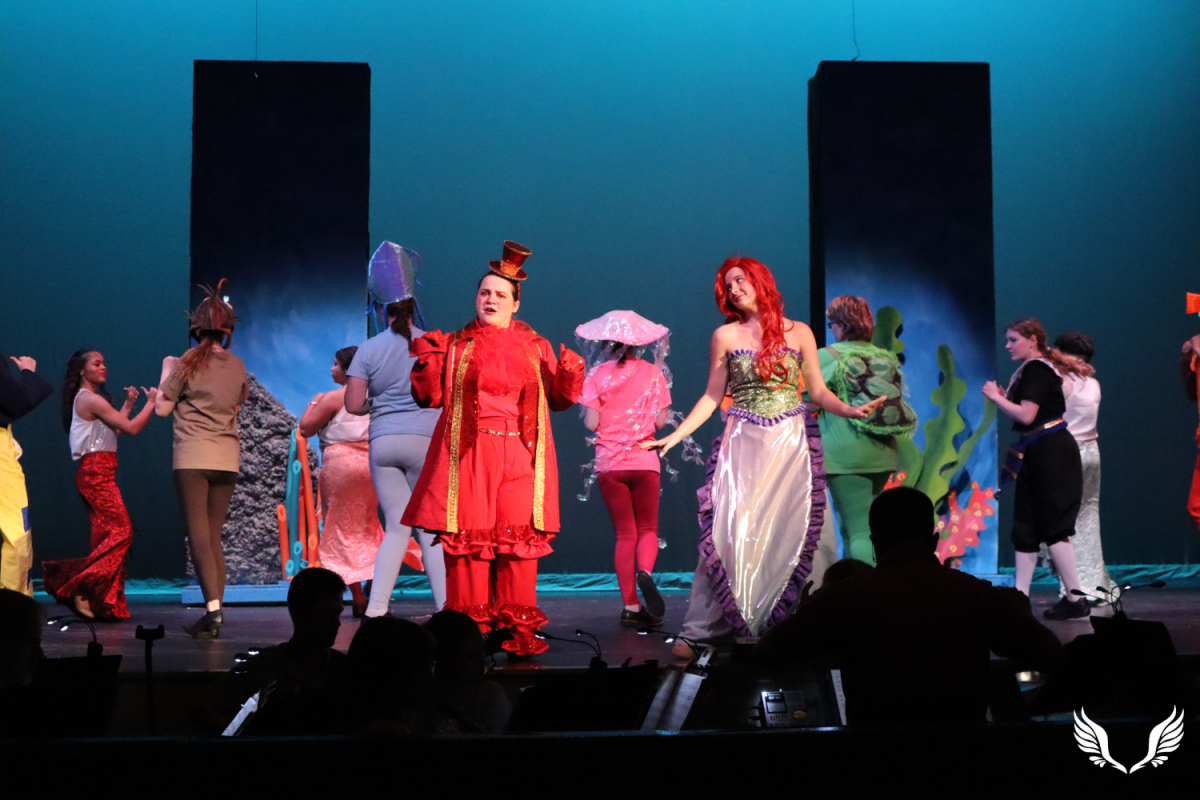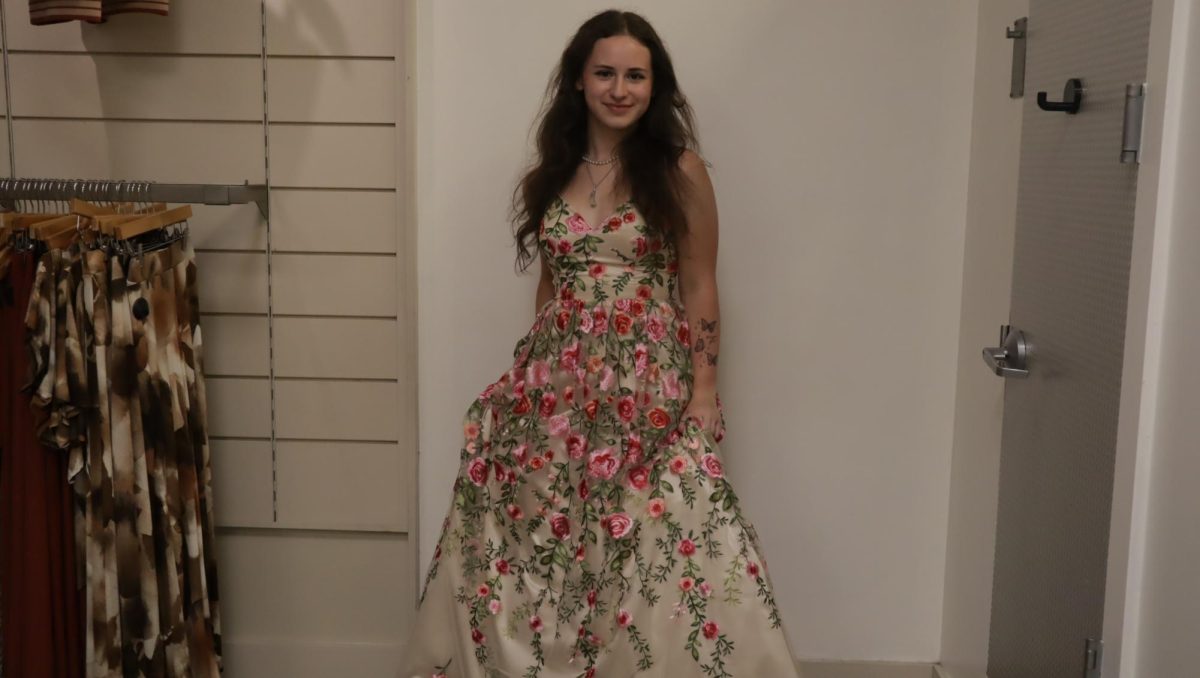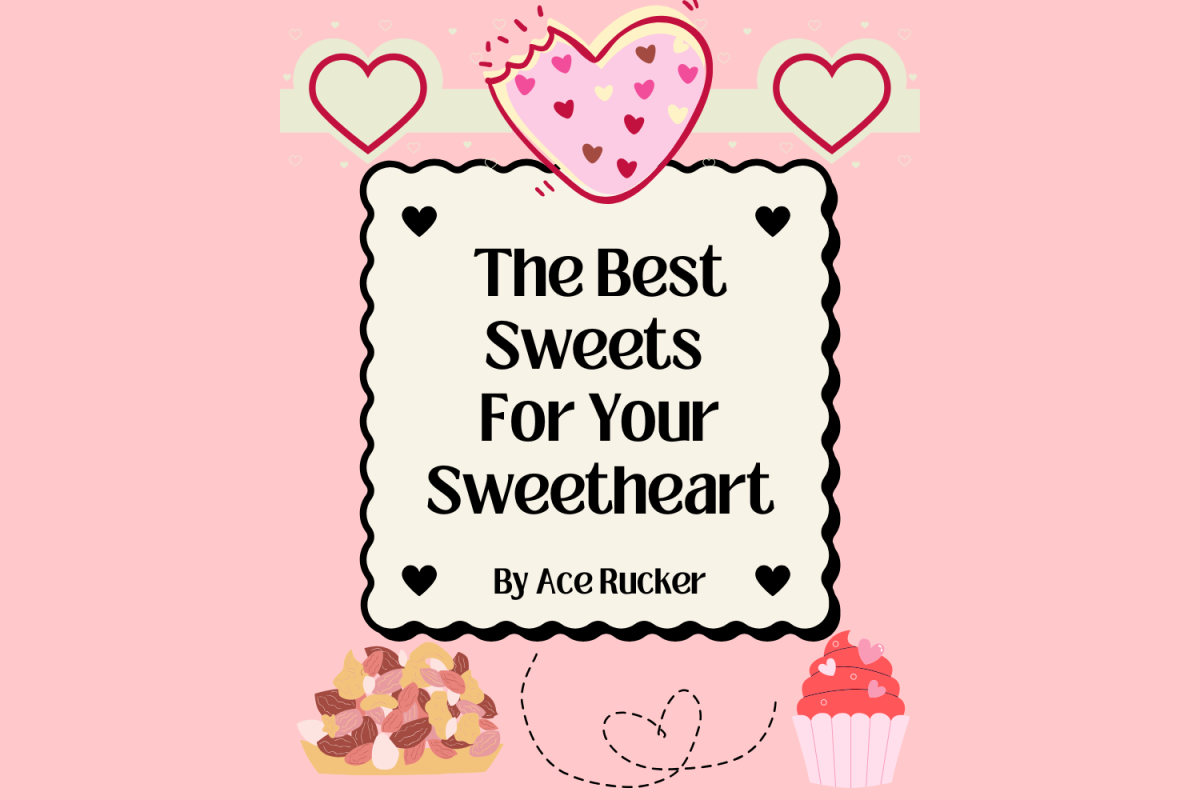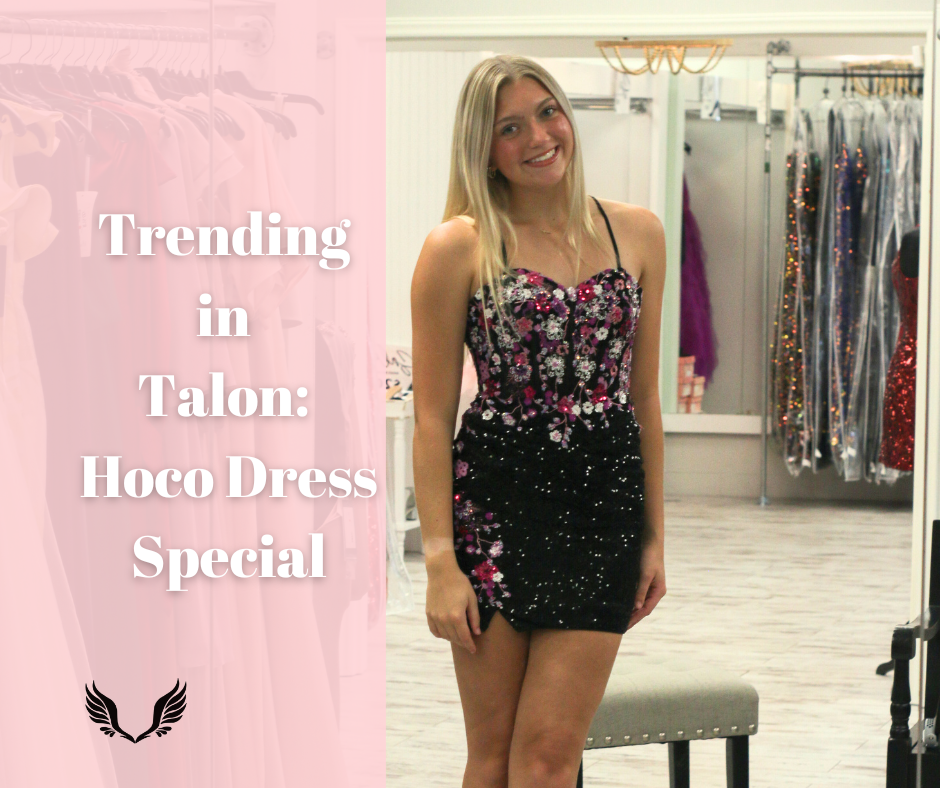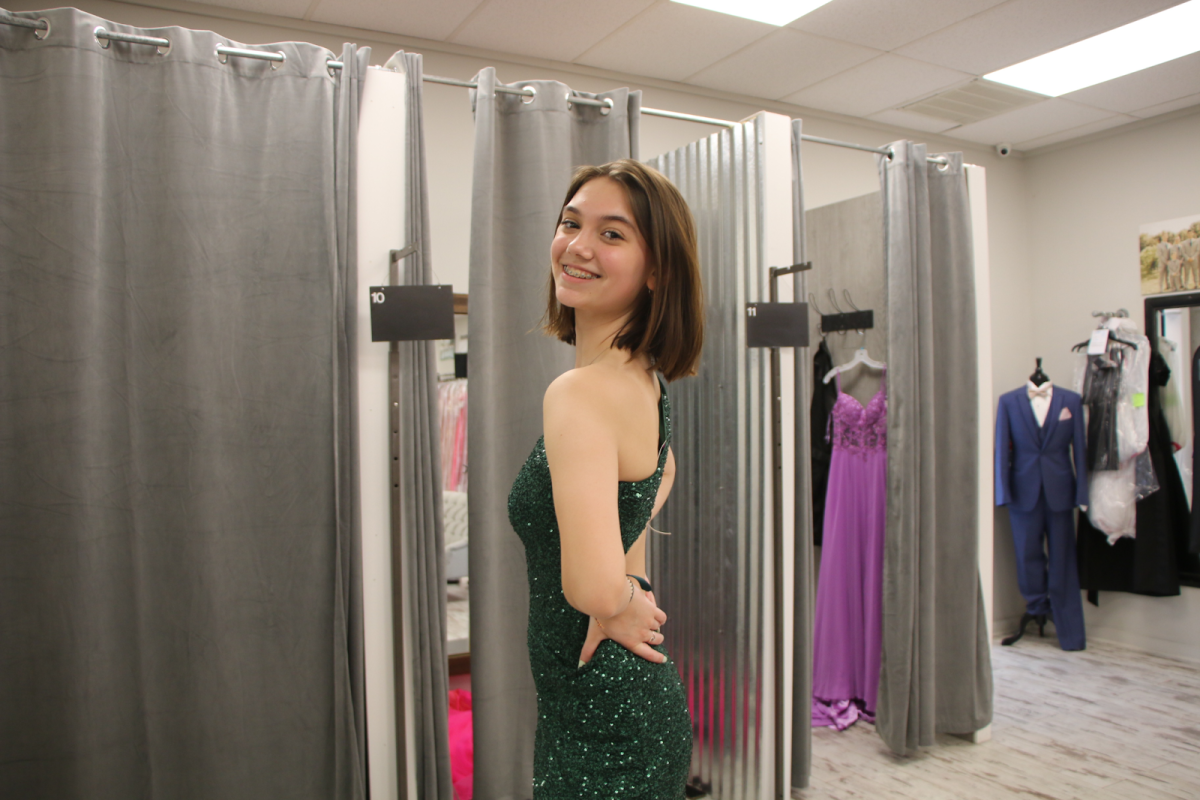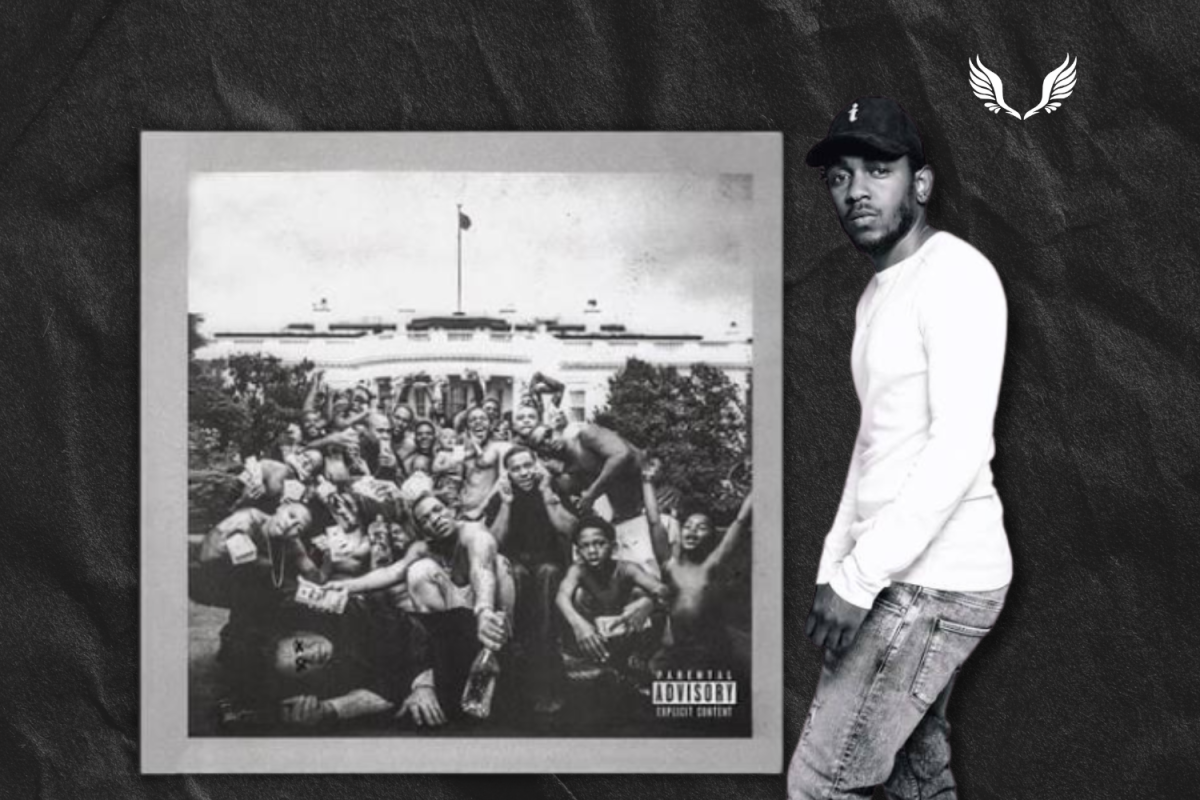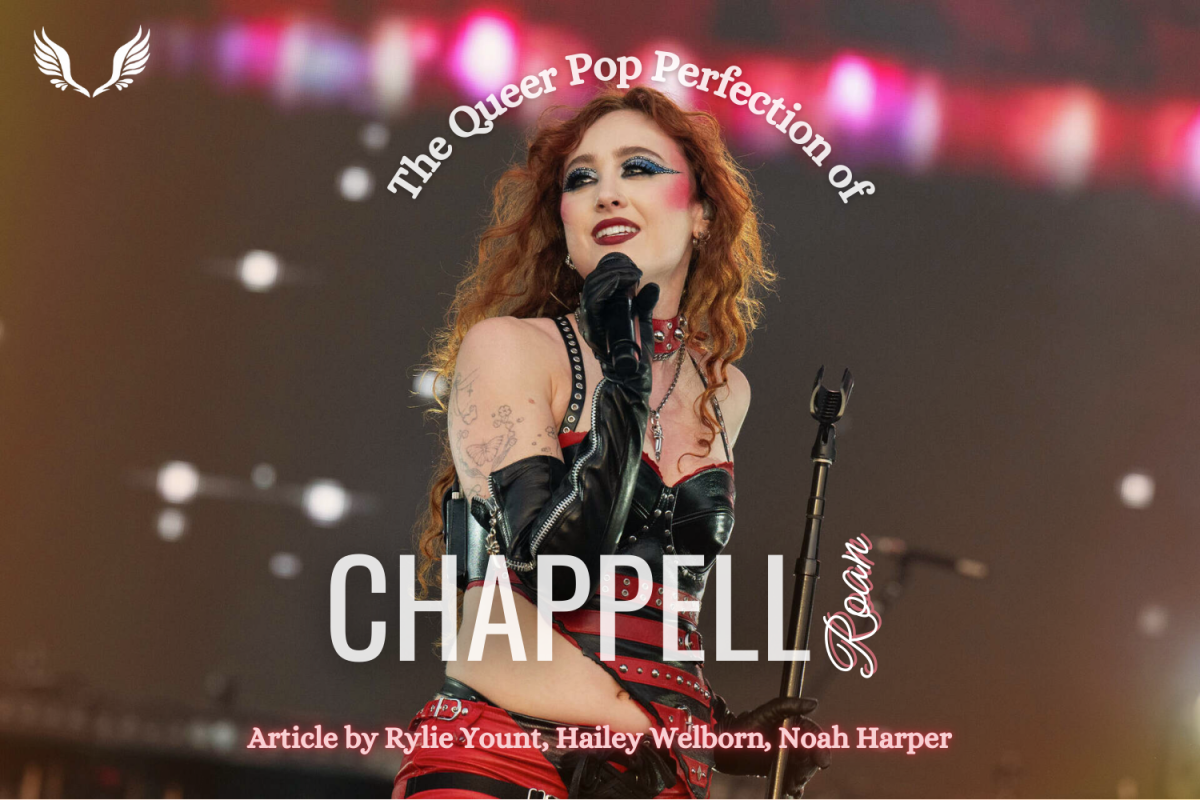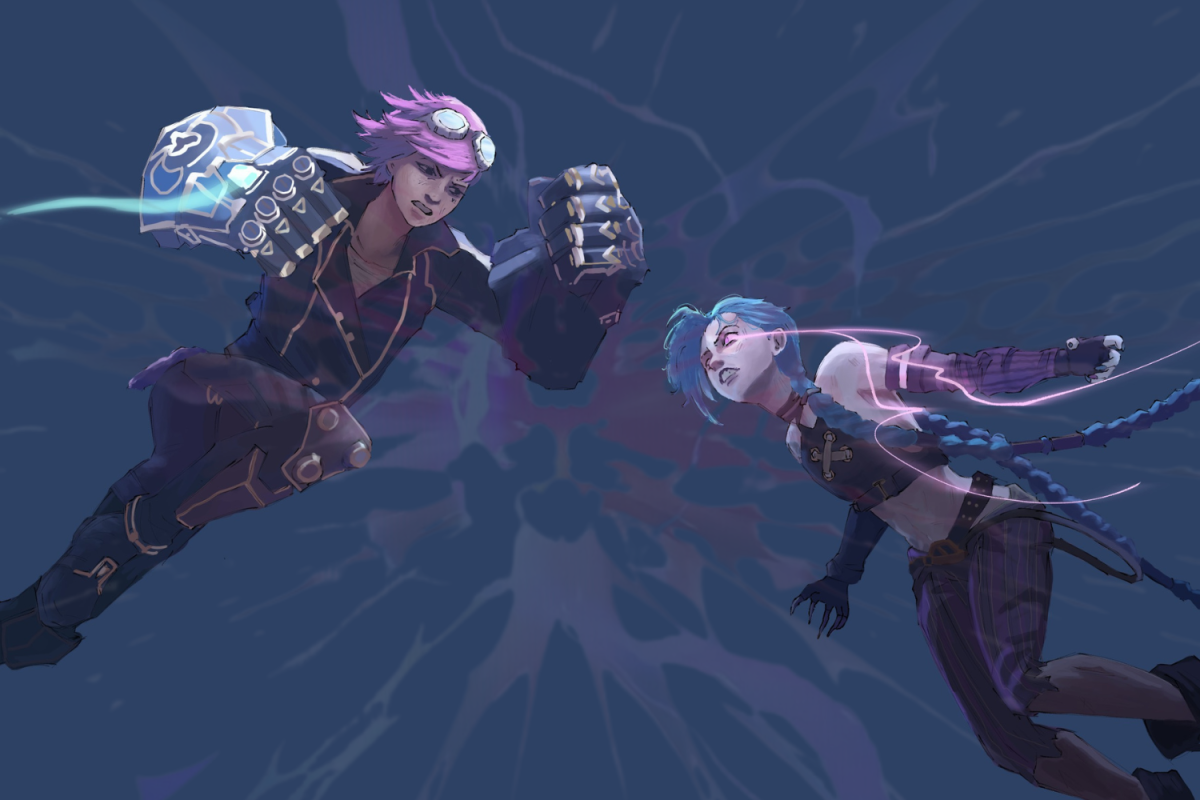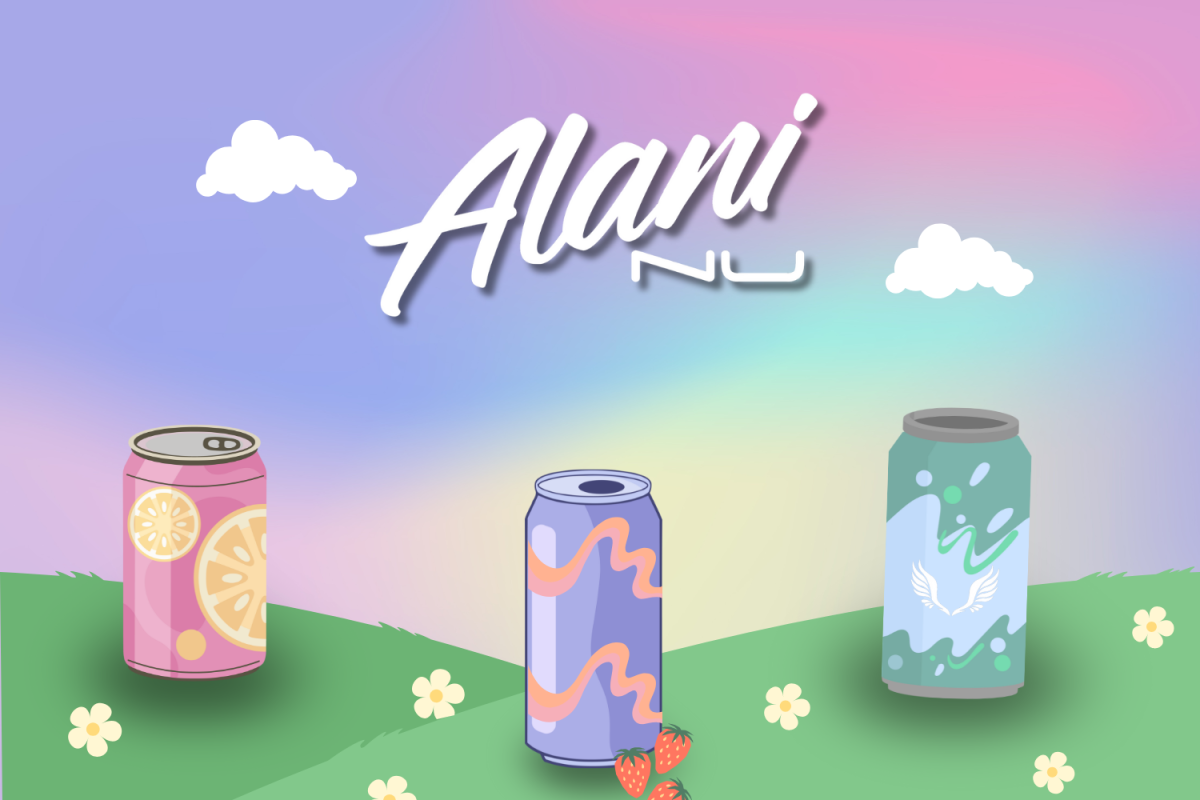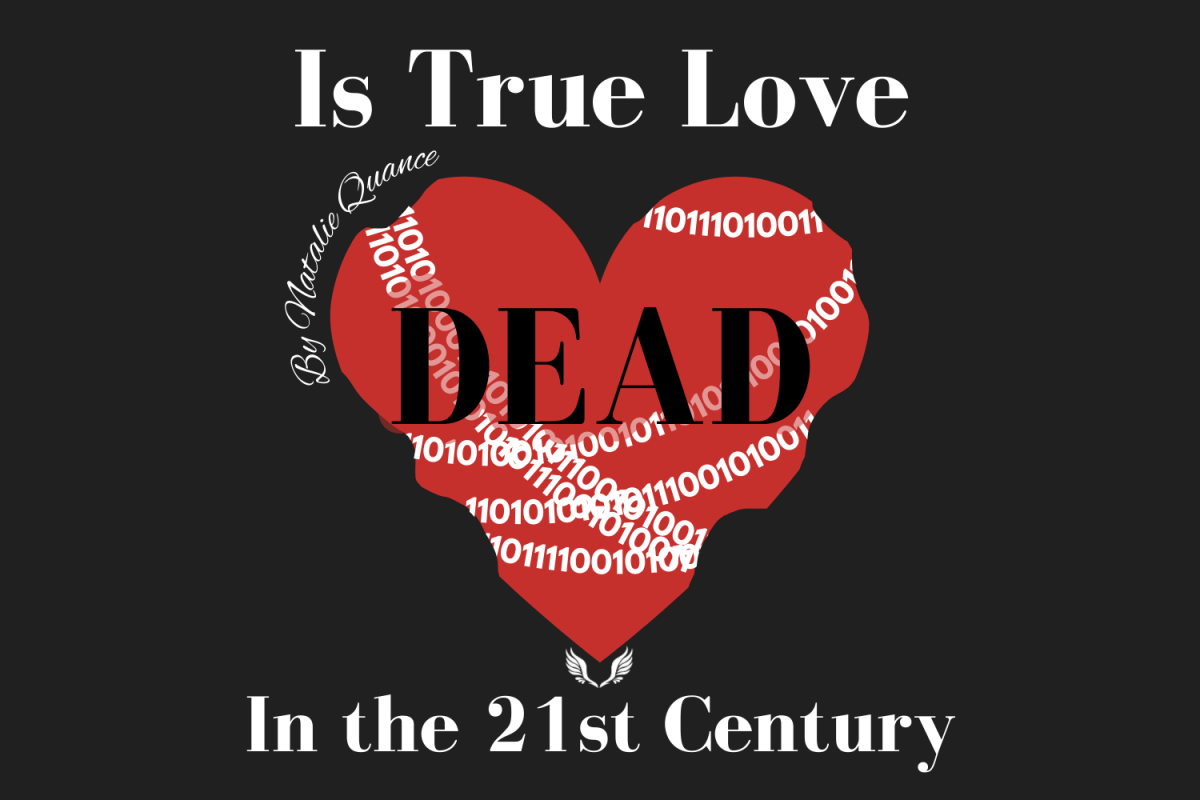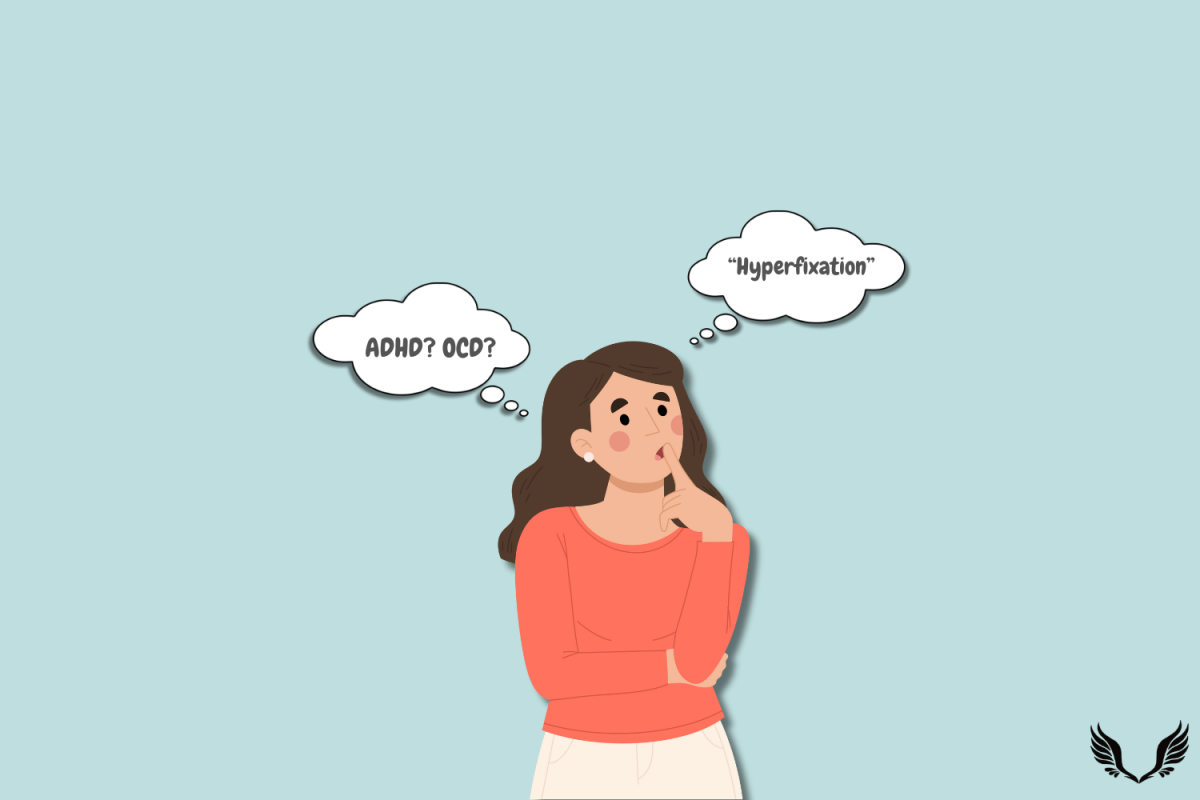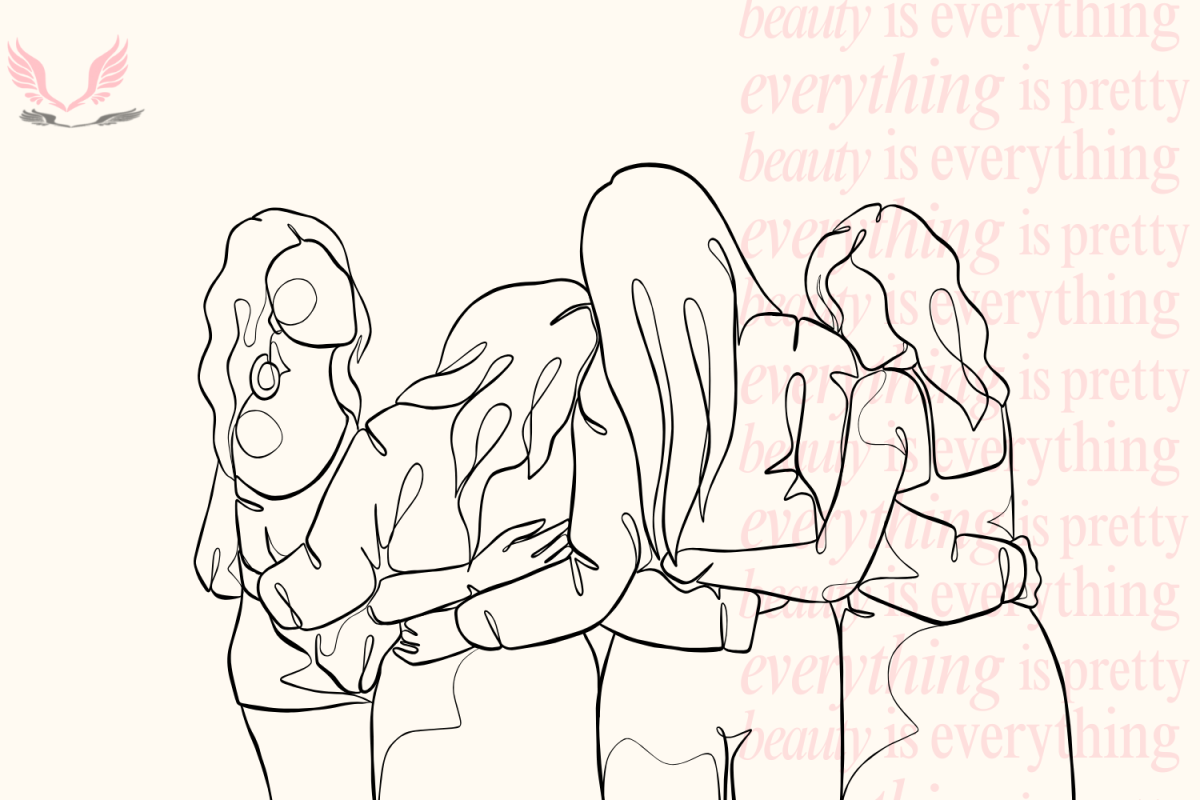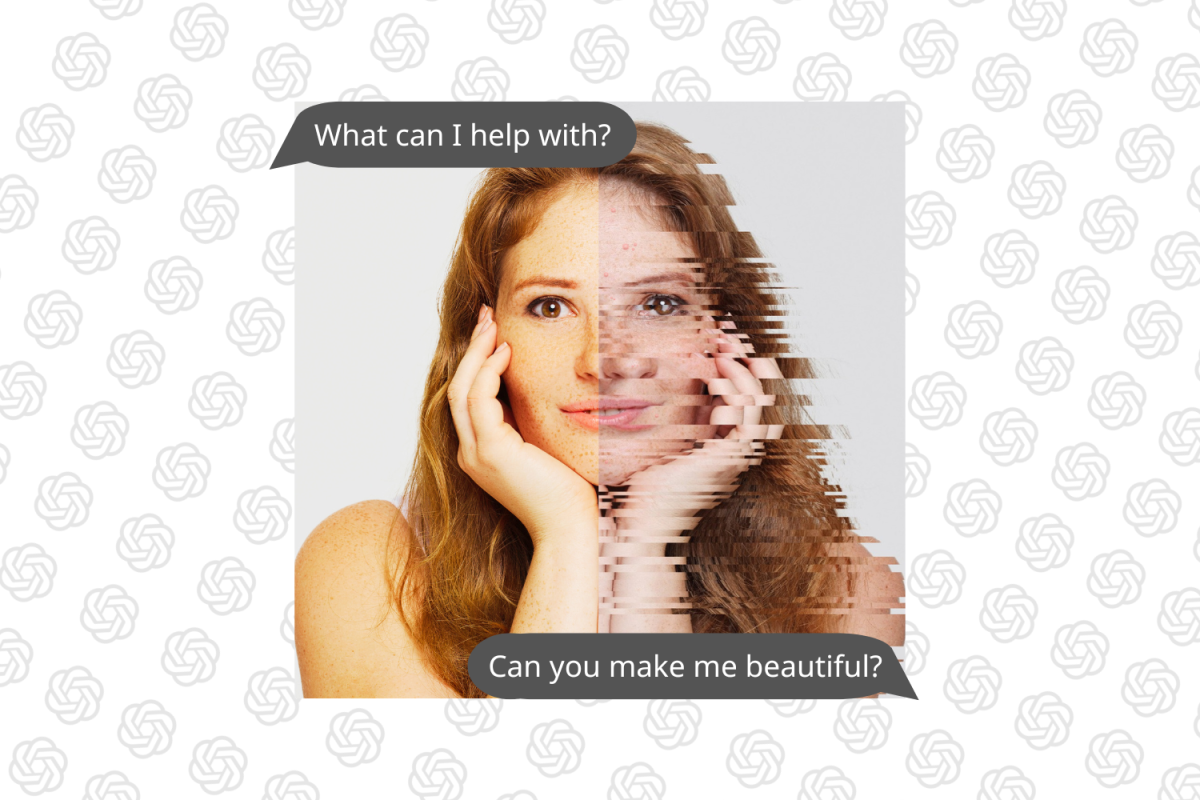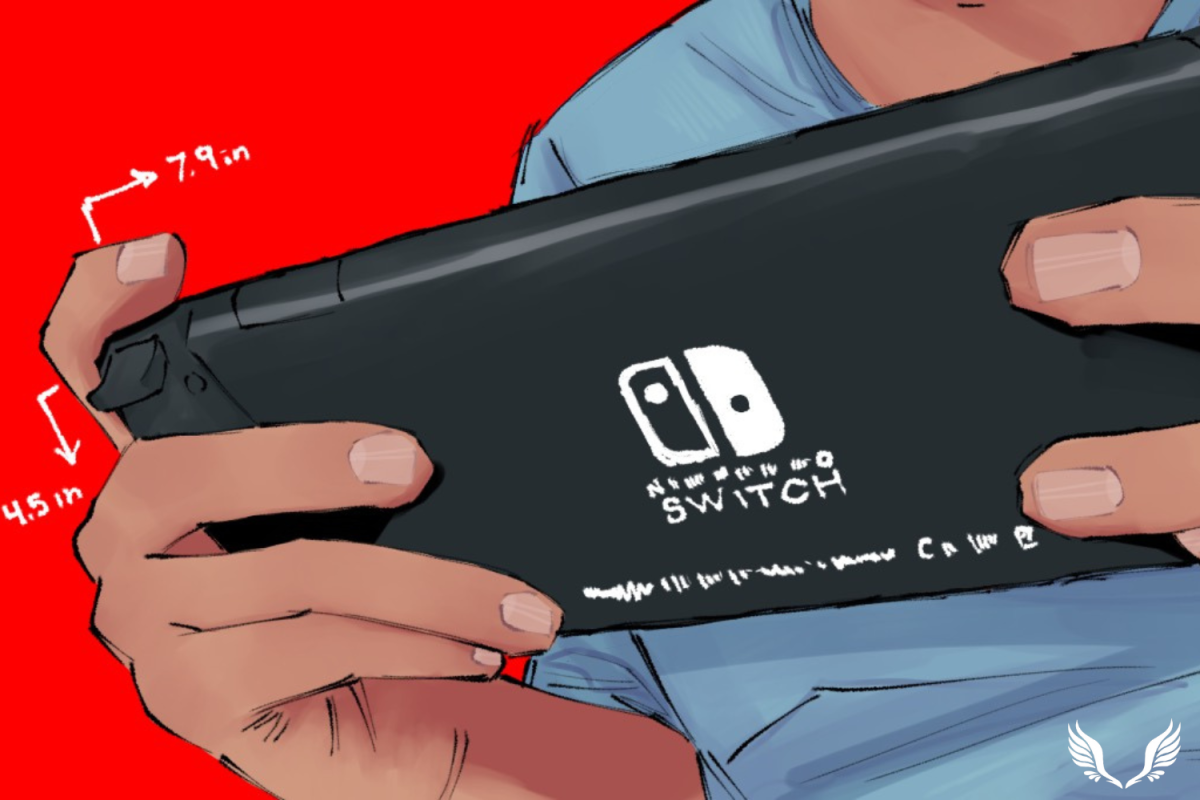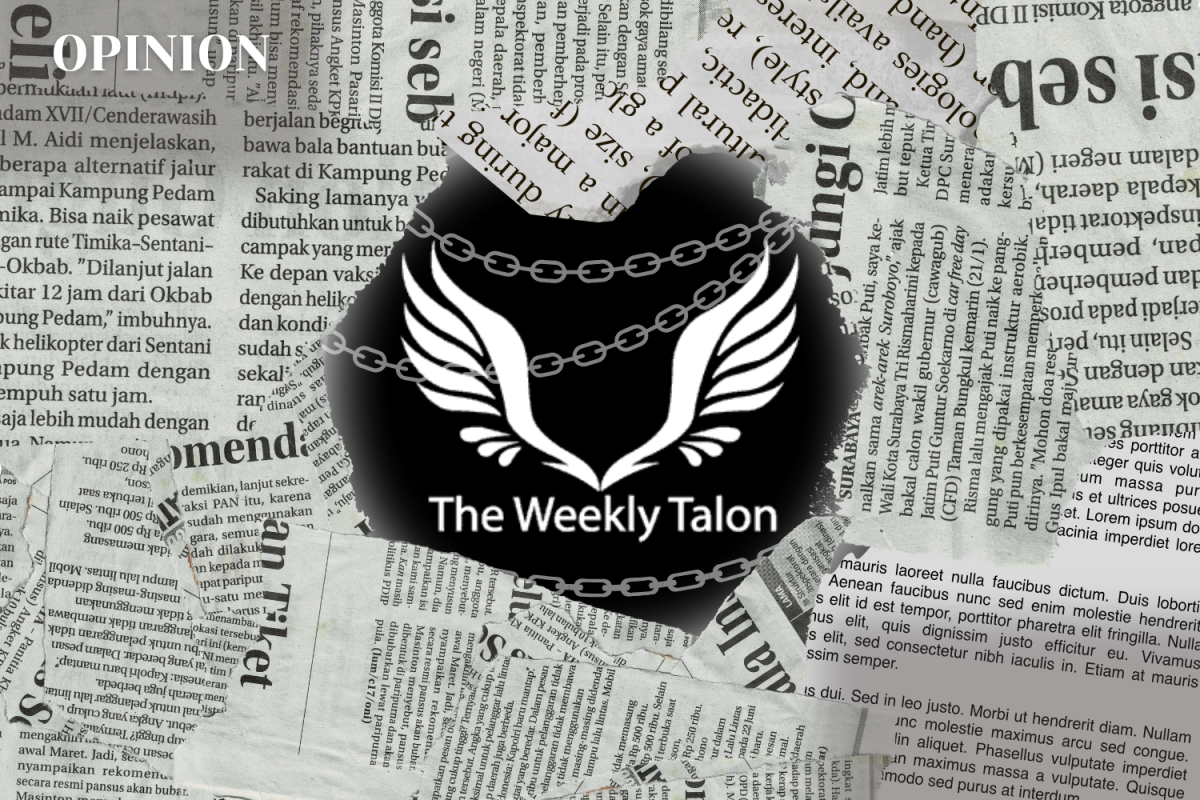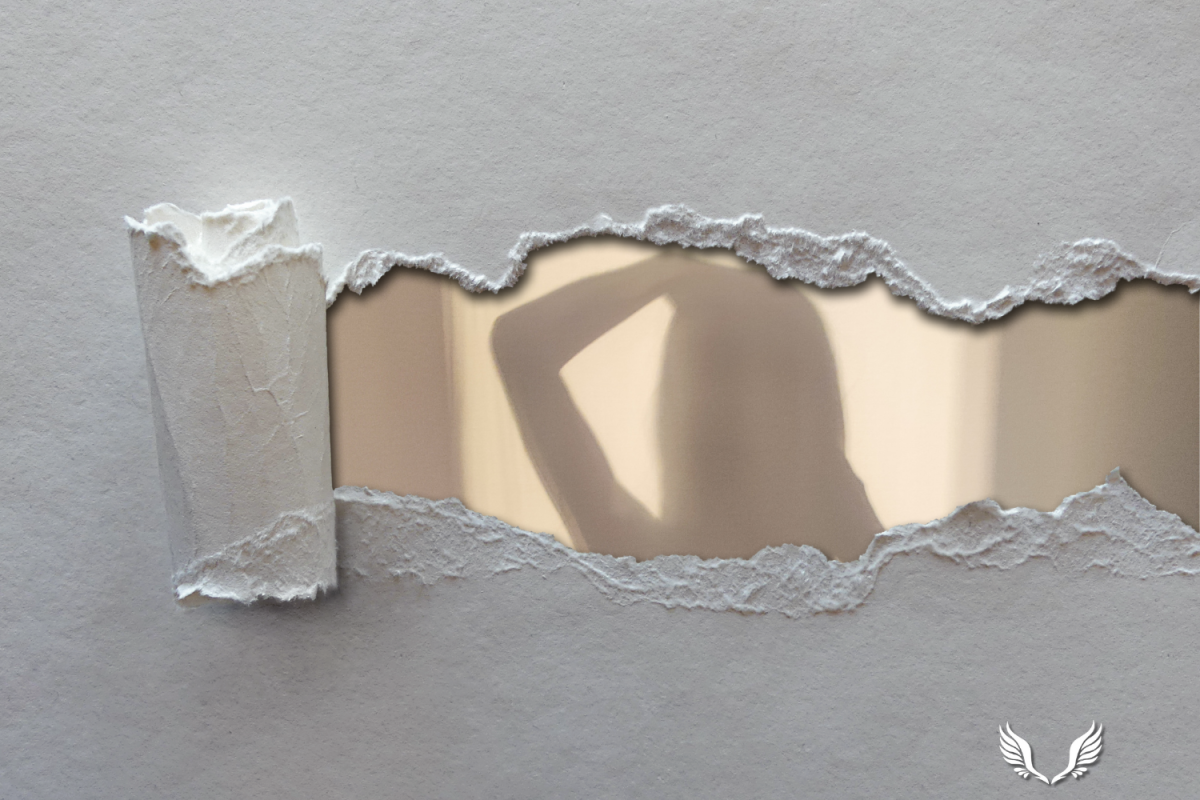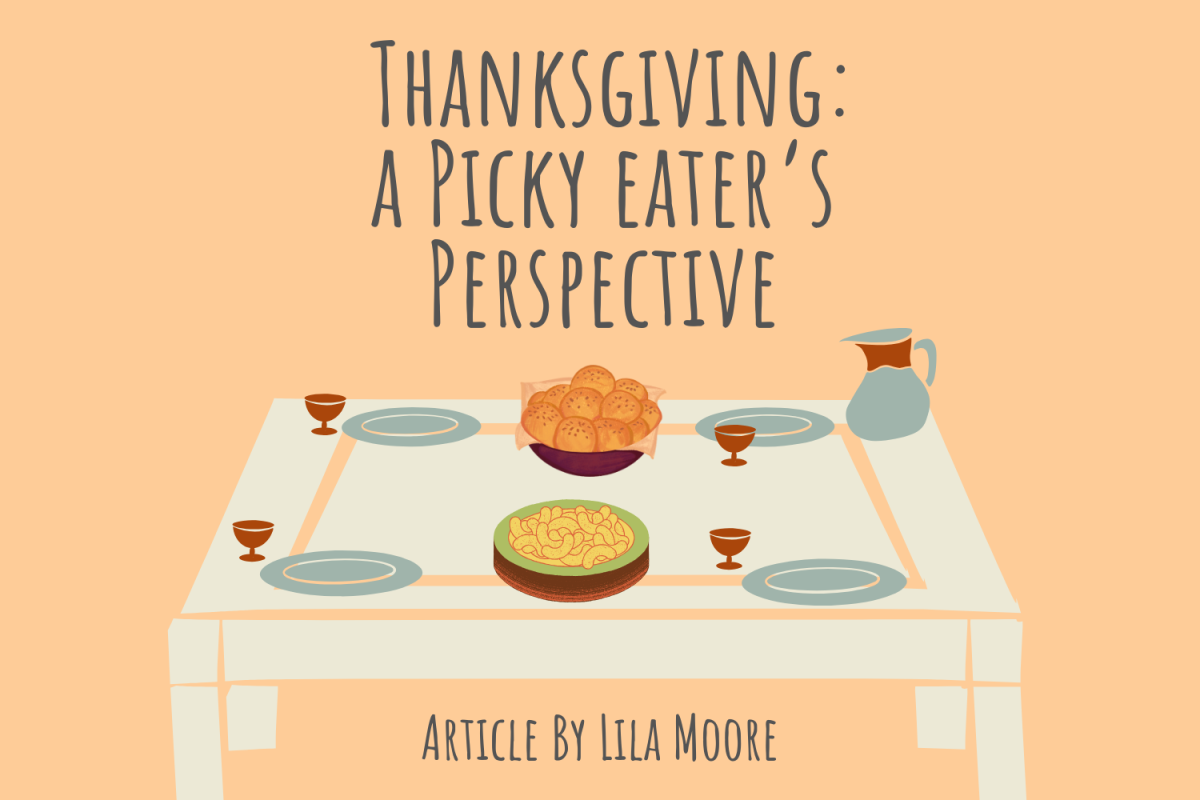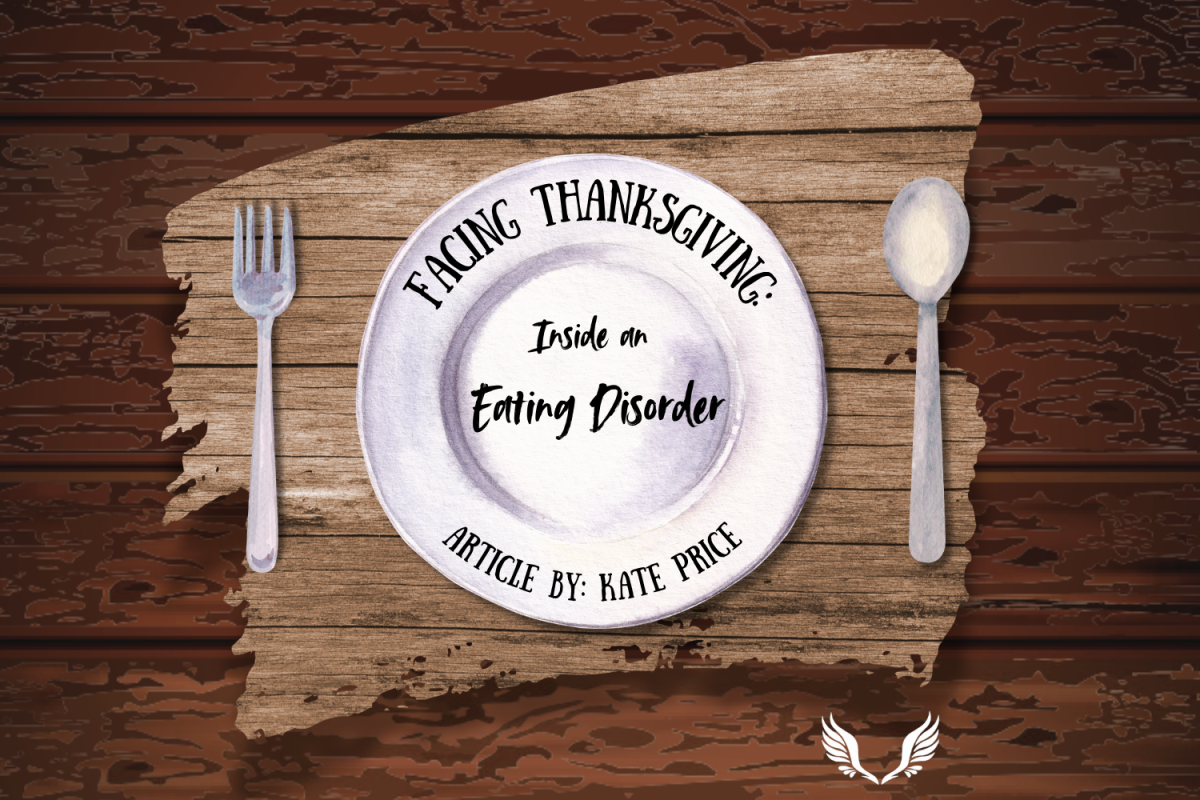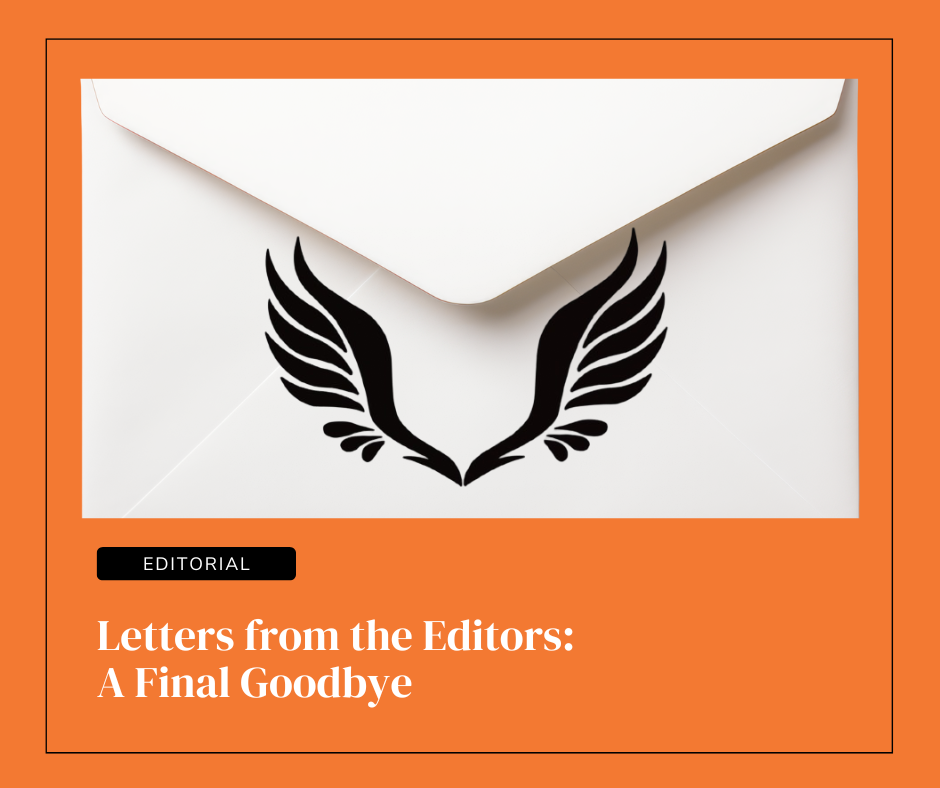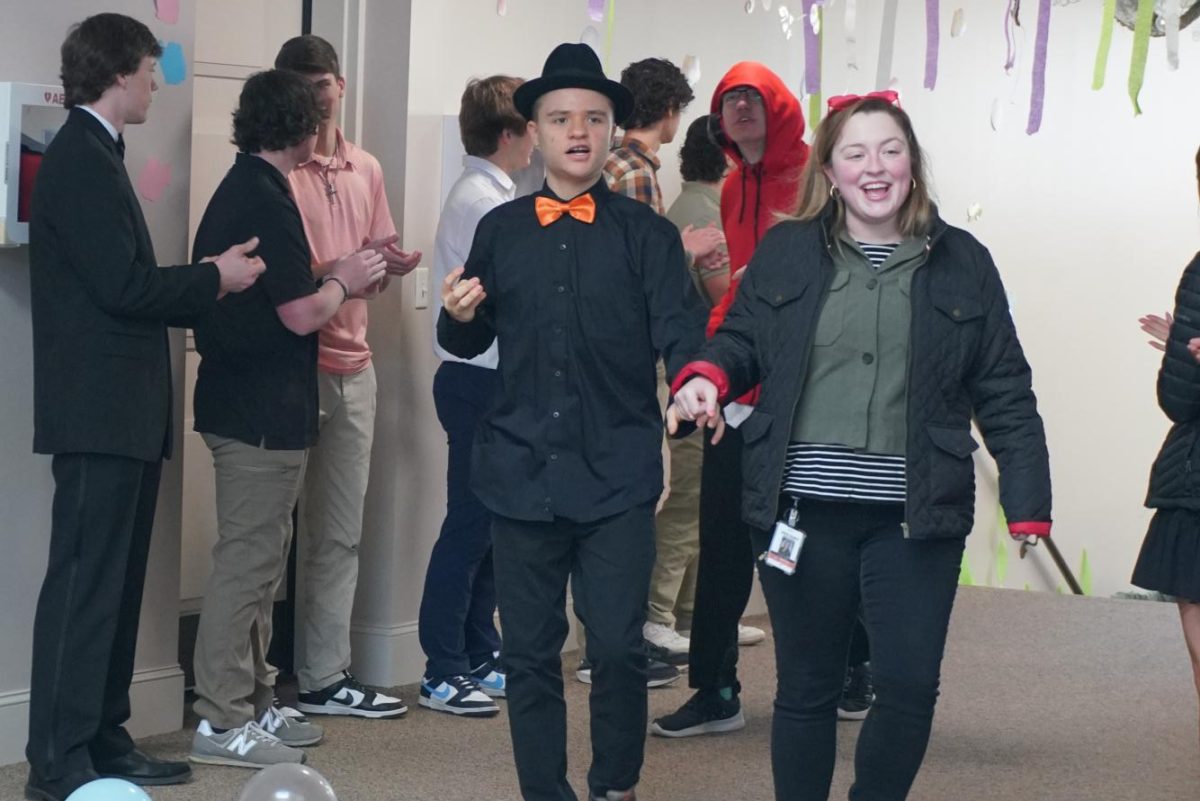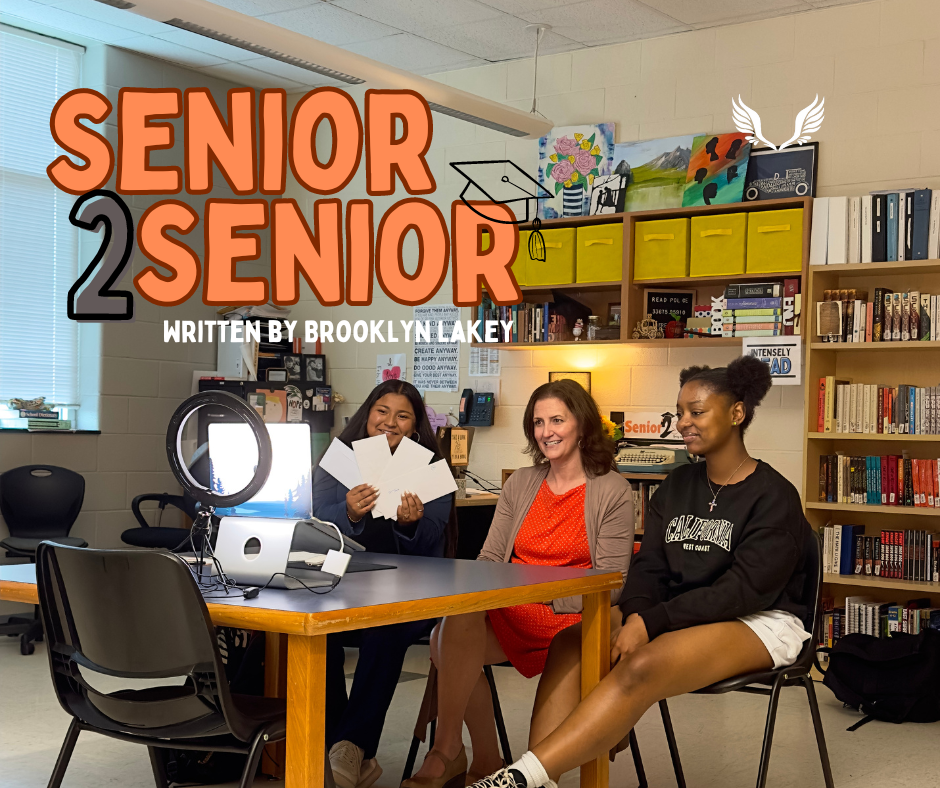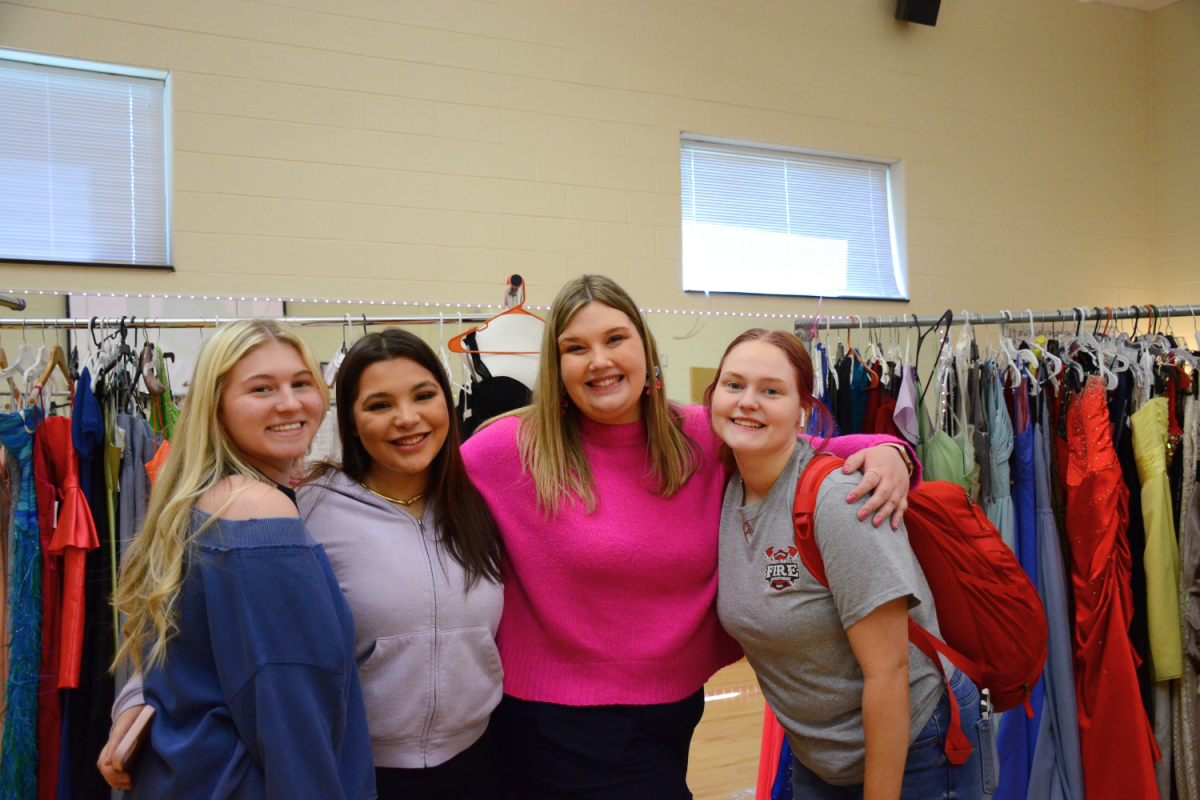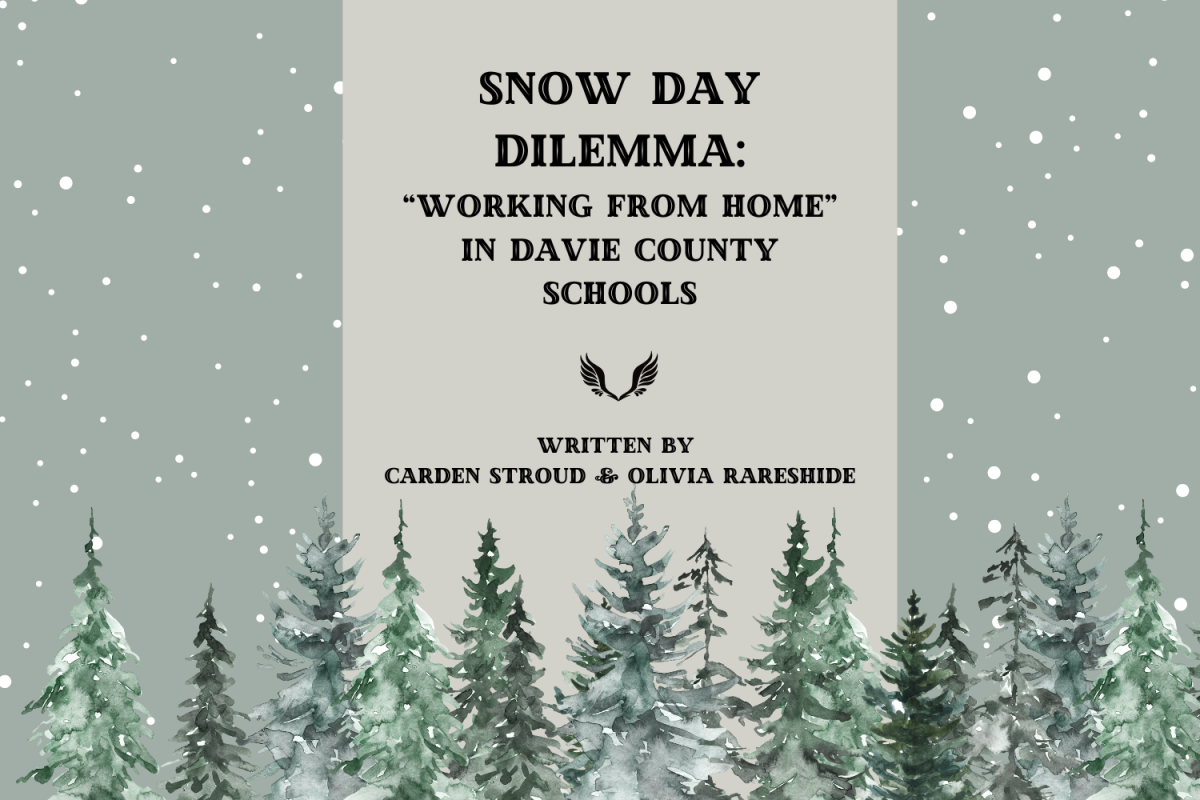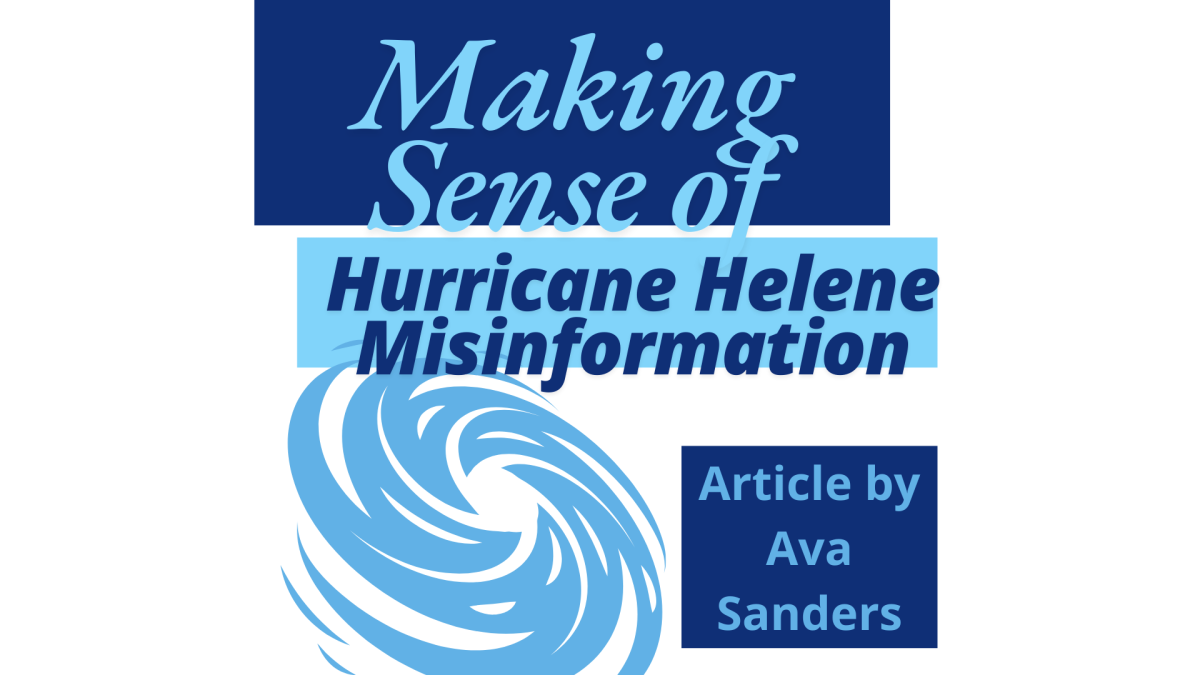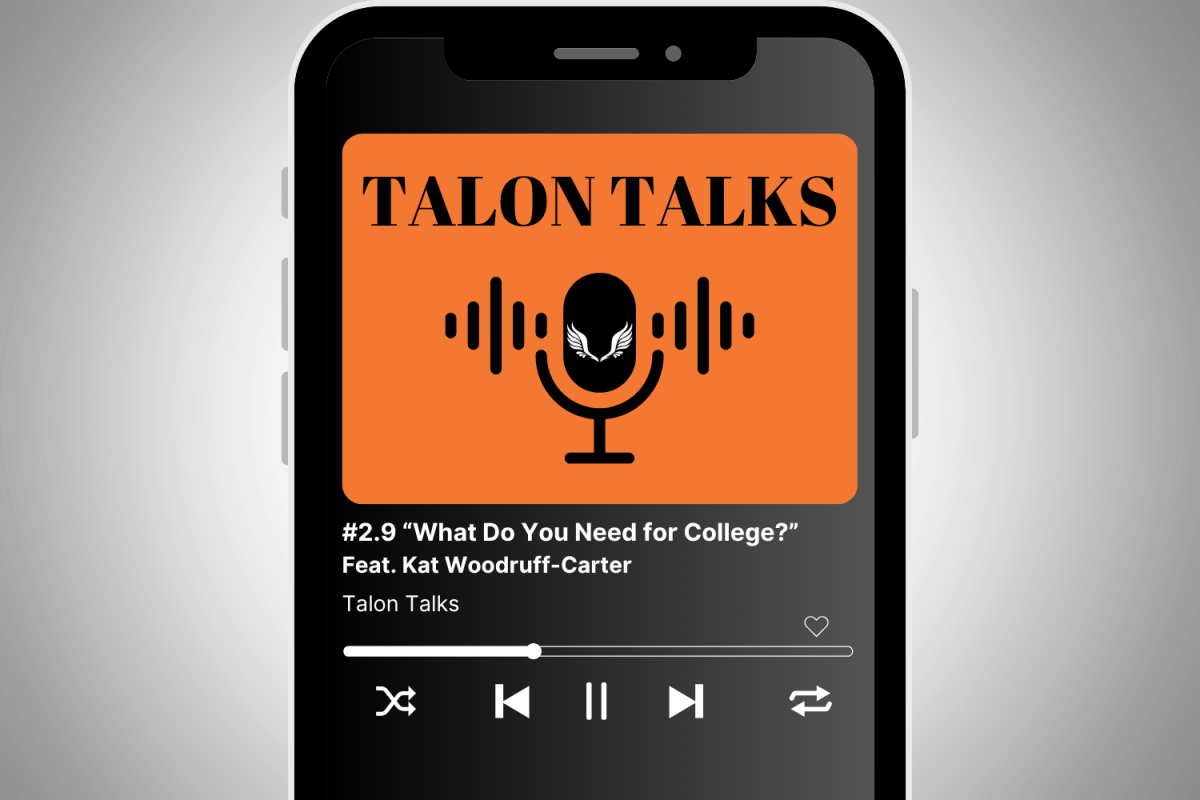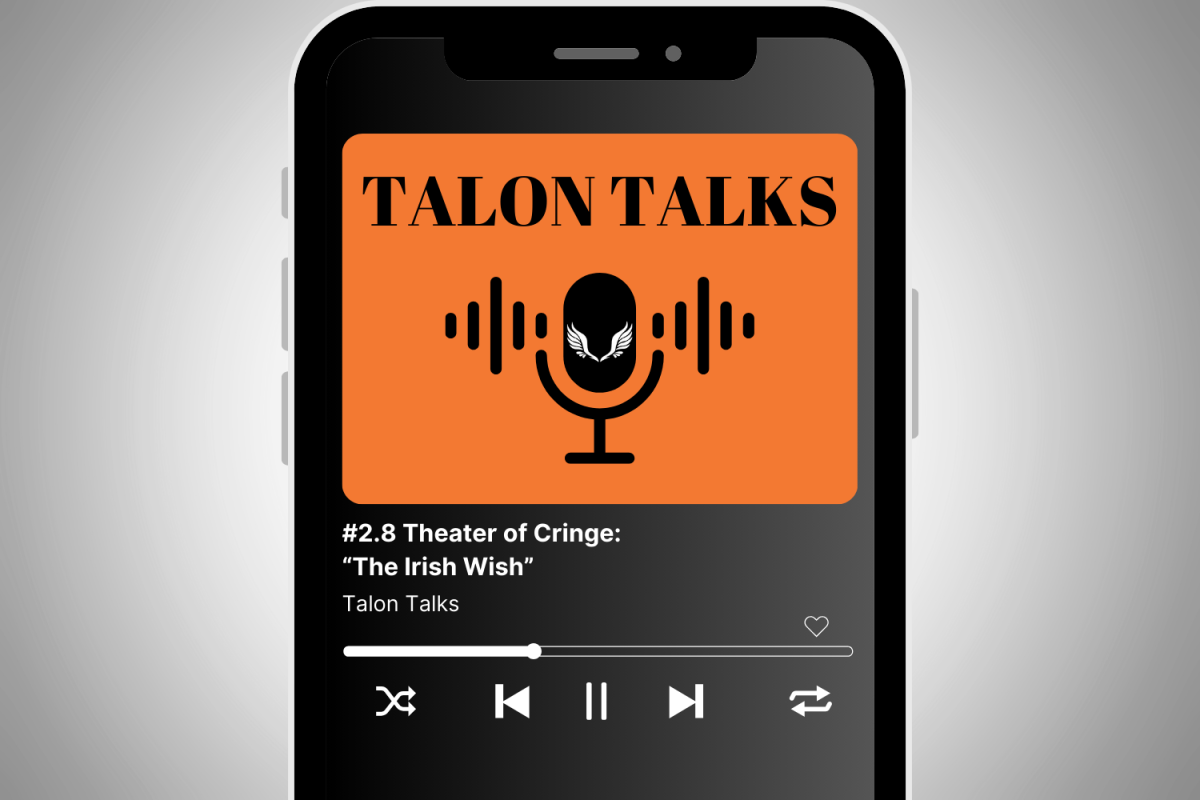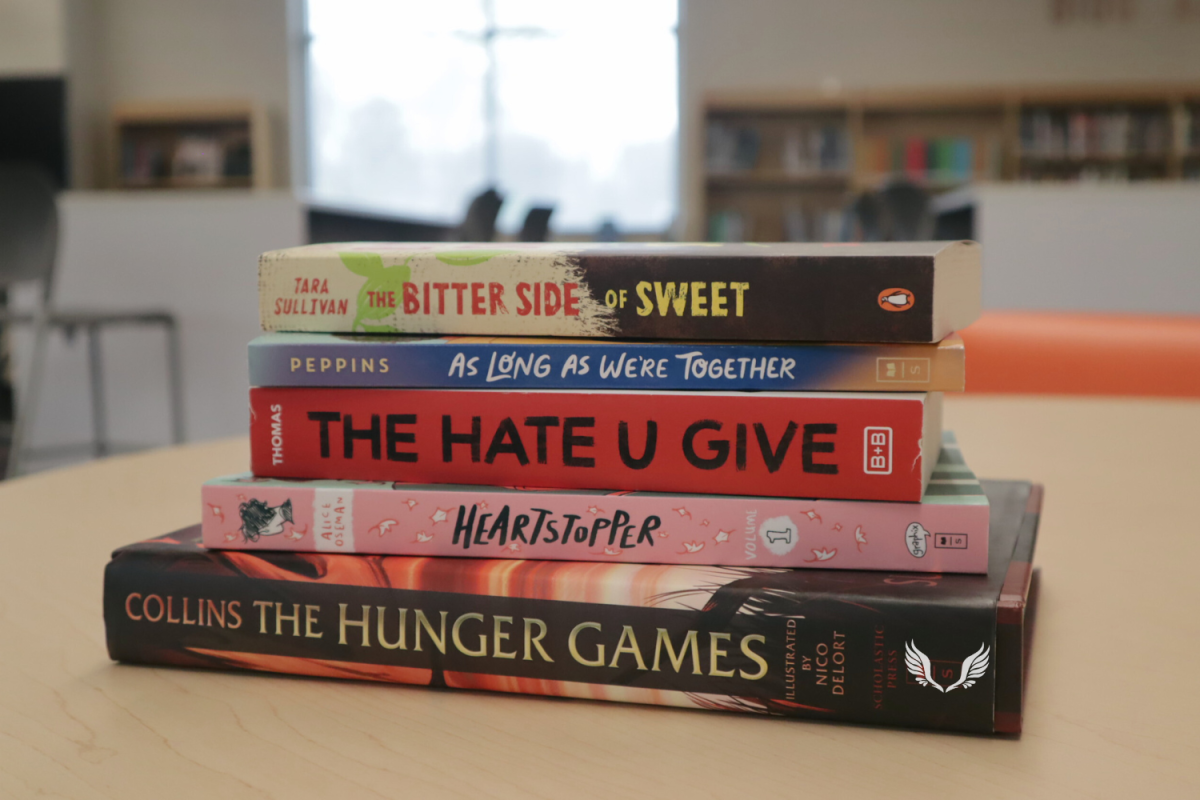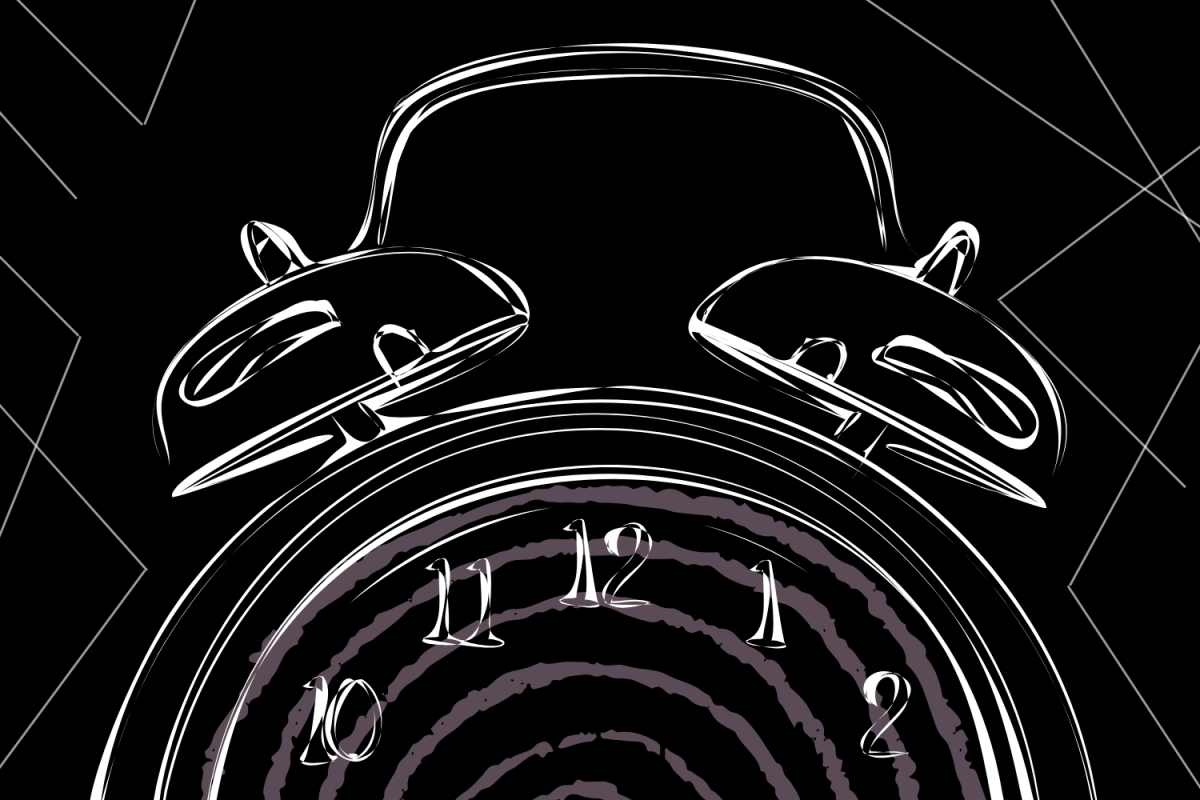Students who grew up in the early 2000s may remember receiving a Scholastic magazine as a kid, including a preview of what would be sold at the approaching Book Fair. The pages were filled with promises of what was to come—a large selection of books, colorful stationery, and novelty items like erasers and silly pens that would sit near the checkout line. As the years went by, book fairs slowly faded into the background, and students would come to look forward to them less and less until they eventually dissipated at the high school level.
Imagine the surprise of many Davie High students, then, when a book fair was announced for the week of March 31st – April 4th. Walking into the Learning Commons couldn’t help but conjure feelings of nostalgia for students, with many of the books on display being constant fixtures of past fairs. Copies of Dav Pilkey’s “Dog Man” sat amidst collections of novels from Alan Gratz and an assortment of various romances. Unique to this high school edition of the Scholastic Book Fair, though, is the inclusion of some books that have had a tendency to generate controversy, many of which can no longer be found in certain schools or libraries at all.
As of June 2024, 10,046 books have been banned or challenged in United States schools. In many cases, the books subject to these challenges were those addressing topics like critical race theory, grief, substance abuse, and suicide. In other cases, the texts were challenged for the simple inclusion of LGBTQ+ (Lesbian, Gay, Bisexual, Transgender, Queer) characters.
Despite these challenges, some of the books that perpetually find themselves at the top of annual lists of most challenged books in America have still wound up as prominent fixtures in Scholastic Book Fairs. And this year’s fair in the Davie High Learning Commons is no exception. As Book Fair Week winds down, here is a look at some of the books that are most often “banned” that students can still purchase.
“The Hunger Games” by Suzanne Collins
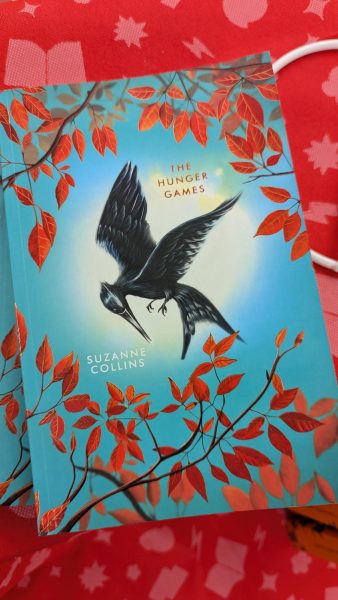
“The Hunger Games” was published in September of 2008 and took readers by storm with its dystopian nature. The book sold almost a million copies by February of 2010. Despite its popularity and intrigue, it was banned in many schools in the United States. The reasons behind the bans of the series are not limited to its use of vulgar language and graphic depictions of death and injury. The ban was prompted by fury from parents at the novel’s depiction of a hierarchal society.
“The Hunger Games” uses graphic imagery to depict the immense gap between the wealthy and the poor in a nation referred to as Panem. Readers are able to infer that Panem is a reflection of the United States’ poverty gap and exploitive labor. The book has been interpreted to have a “pro-anarchy” sentiment due to the protagonists’ plans throughout the novel series to rebel against the government, which has caused many parents to turn up their noses and shield their children from the books.
“The Hate U Give”
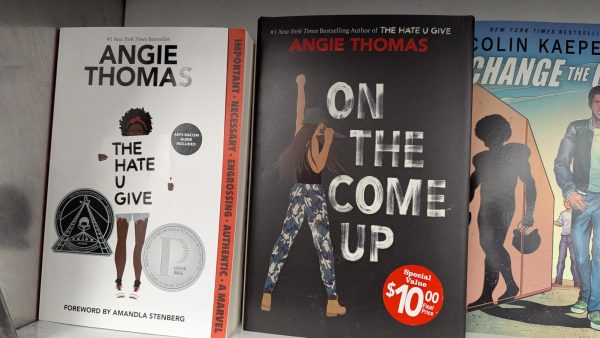
Upon its initial release, “The Hate U Give” became No. 1 on the New York Times Best Seller list for young adult novels. Similarly to other banned books, “The Hate U Give” was targeted for its depictions of systemic racism and government corruption. The book was thought to contain an “anti-police” agenda due to the inclusion of a young man named Khalil who is wrongfully shot and murdered by a police officer. In the novel, the protagonist, Starr, is good friends with the victim and, at one point, witnesses a walkout for him and chooses not to participate. Her reasoning for this is due to the fact that this walkout is being used as a way to skip school, and a heated argument ensues between Starr and her white friend, who is indifferent towards the death of Khalil.
While the book is fiction, it was based on the true death of Oscar Grant, who was shot in 2009 despite being unarmed and face down, surrendering. Grant’s death was a major catalyst for the Black Lives Matter movement and caused an uproar in the black community. While the point of “The Hate U Give” is to depict how systemic racism affects children, the controversy still fizzles when the book is offered to adolescents.
Harry Potter
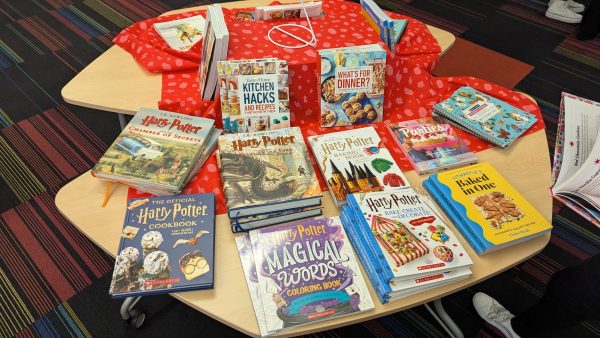
“Harry Potter” was, and continues to be, one of the most successful franchises of all time. Right along with “The Hunger Games,” the Harry Potter series was incredibly successful upon release and made 7.7 billion dollars off of the books alone. However, the series was not well received by everyone due to its perceived promotion of witchcraft. The books follow Harry Potter as he overcomes the troubles of adolescence while also coping with the fact that he is a wizard. With the books being targeted at young adults and adolescents, religious parents had a lot to say about the books’ dark tone and interpreted anti-Christian sentiment. Writer Richard Abens wrote a book about fantasy novels that are directed at children and concluded that while magical stories can be powerful to children, they are not valuable when they include witchcraft.
One of the most enjoyable parts of literature is that there are so many different kinds to indulge in. Some banned books may not be your thing due to religious beliefs or personal values, but it is important to understand the different perspectives of others in order to better understand the general population. The reason why books are banned is incredibly important, it begs the question as to why certain voices are silenced.
If you have time, stop by your local book fair and pick up a banned book. In the process, you might gain a better understanding of people who do not think like you.

